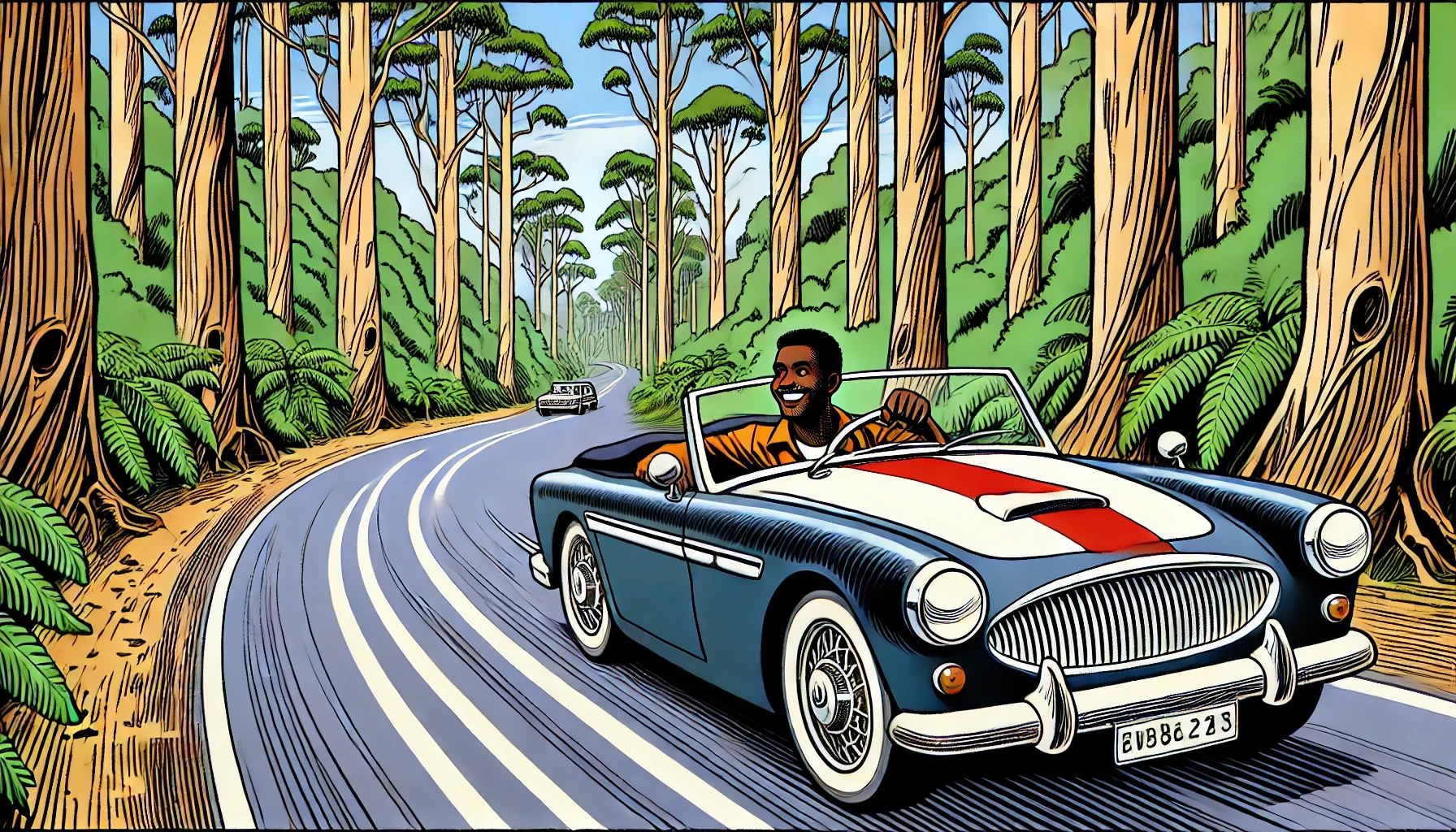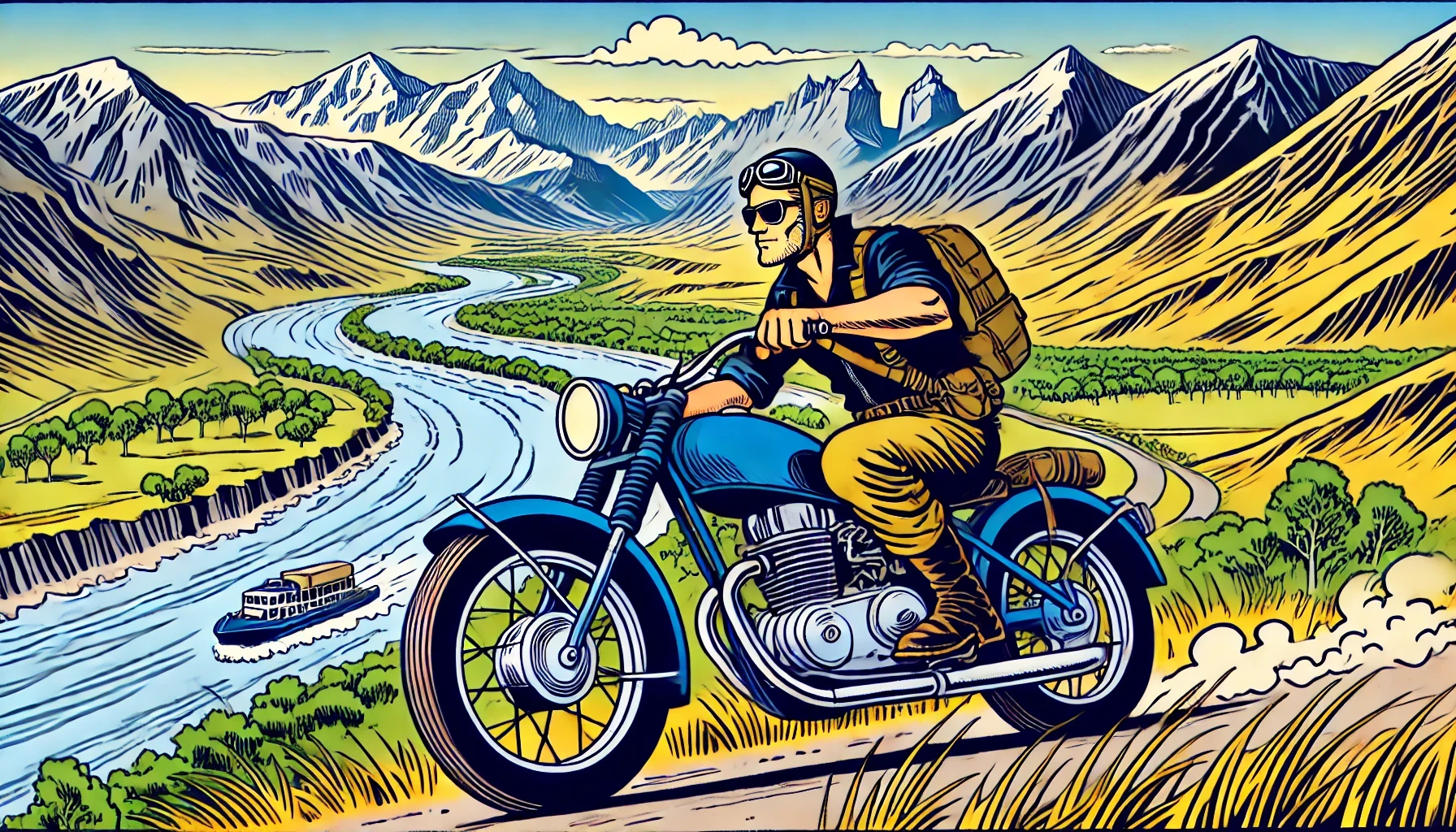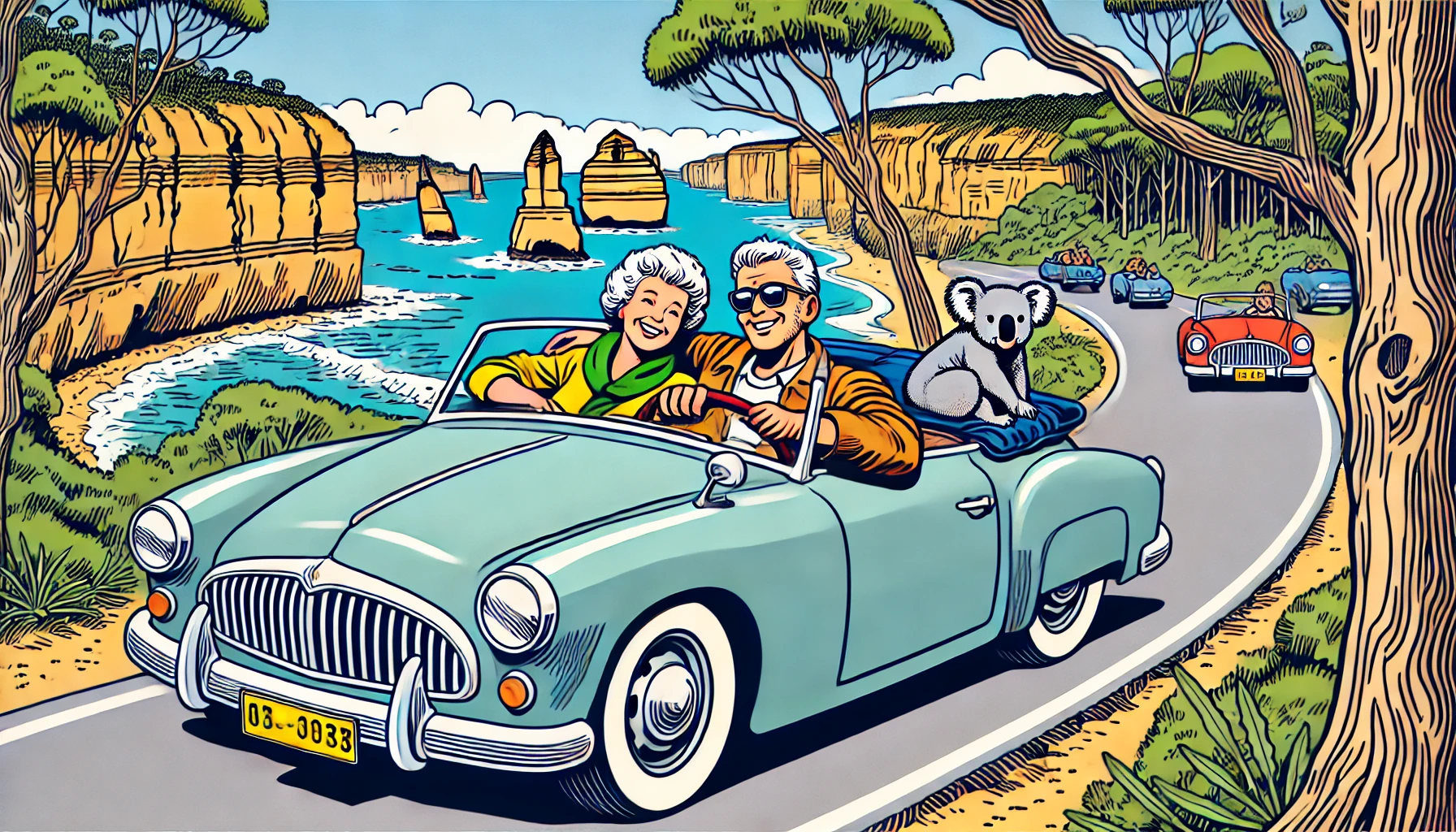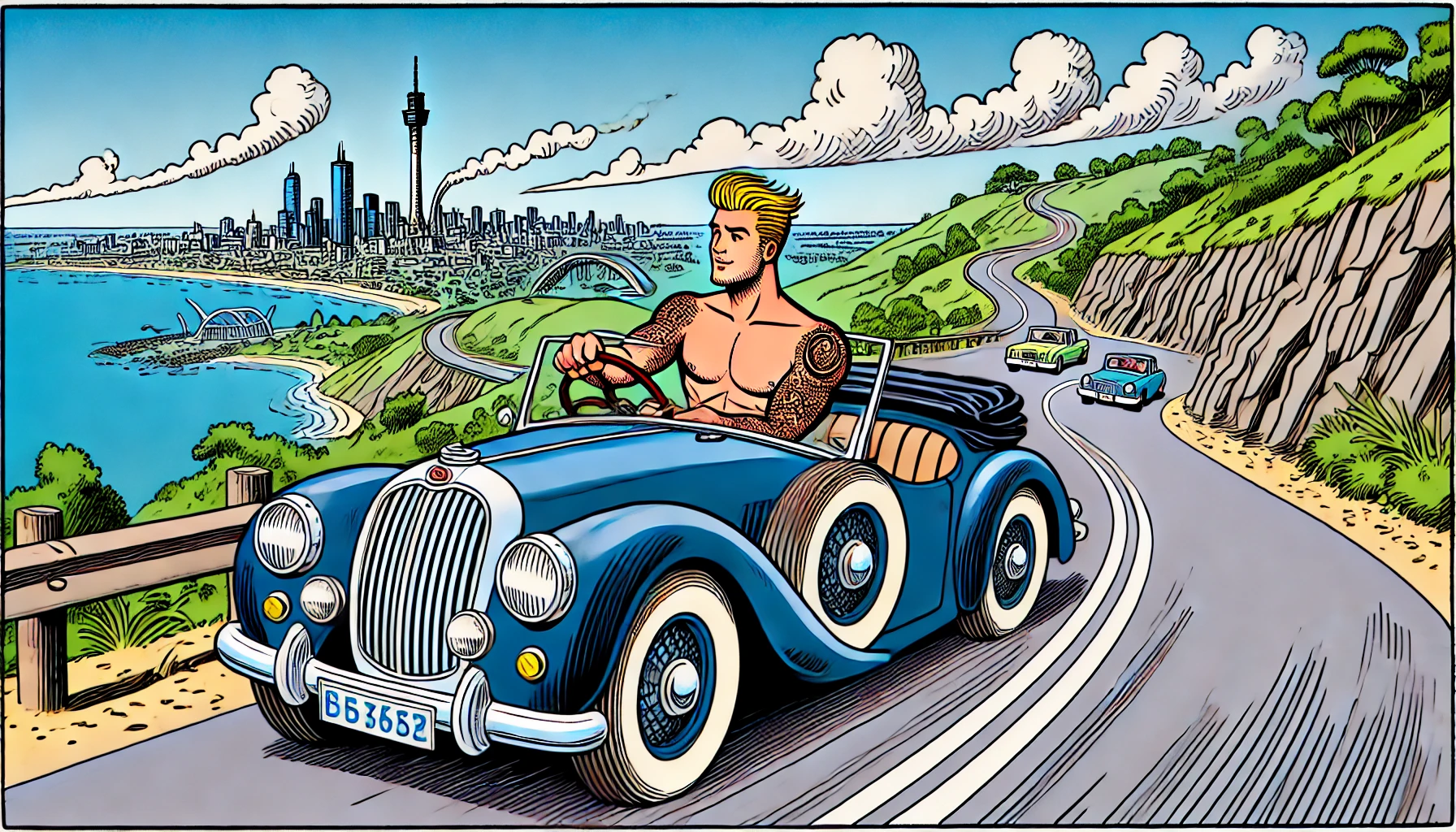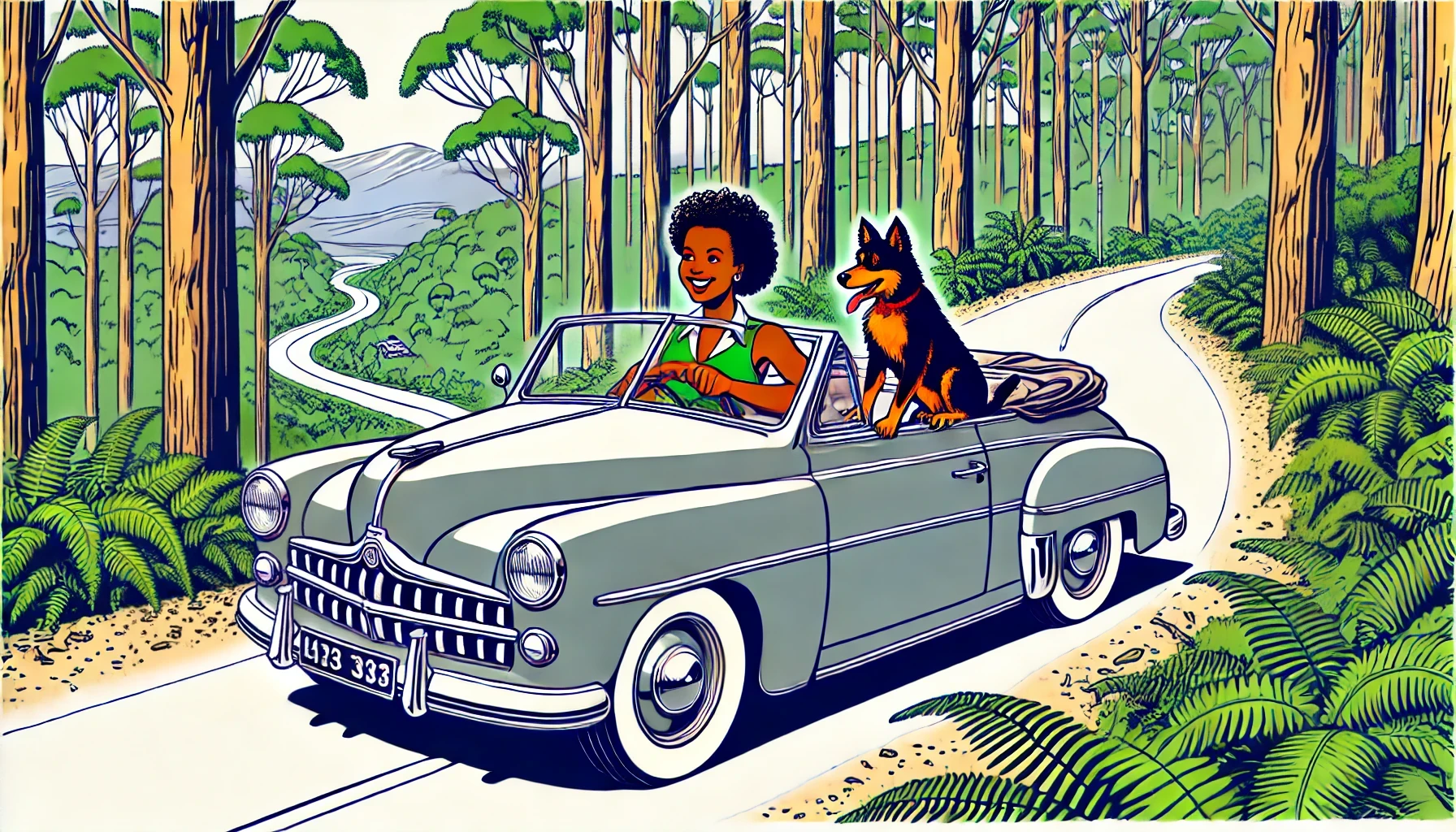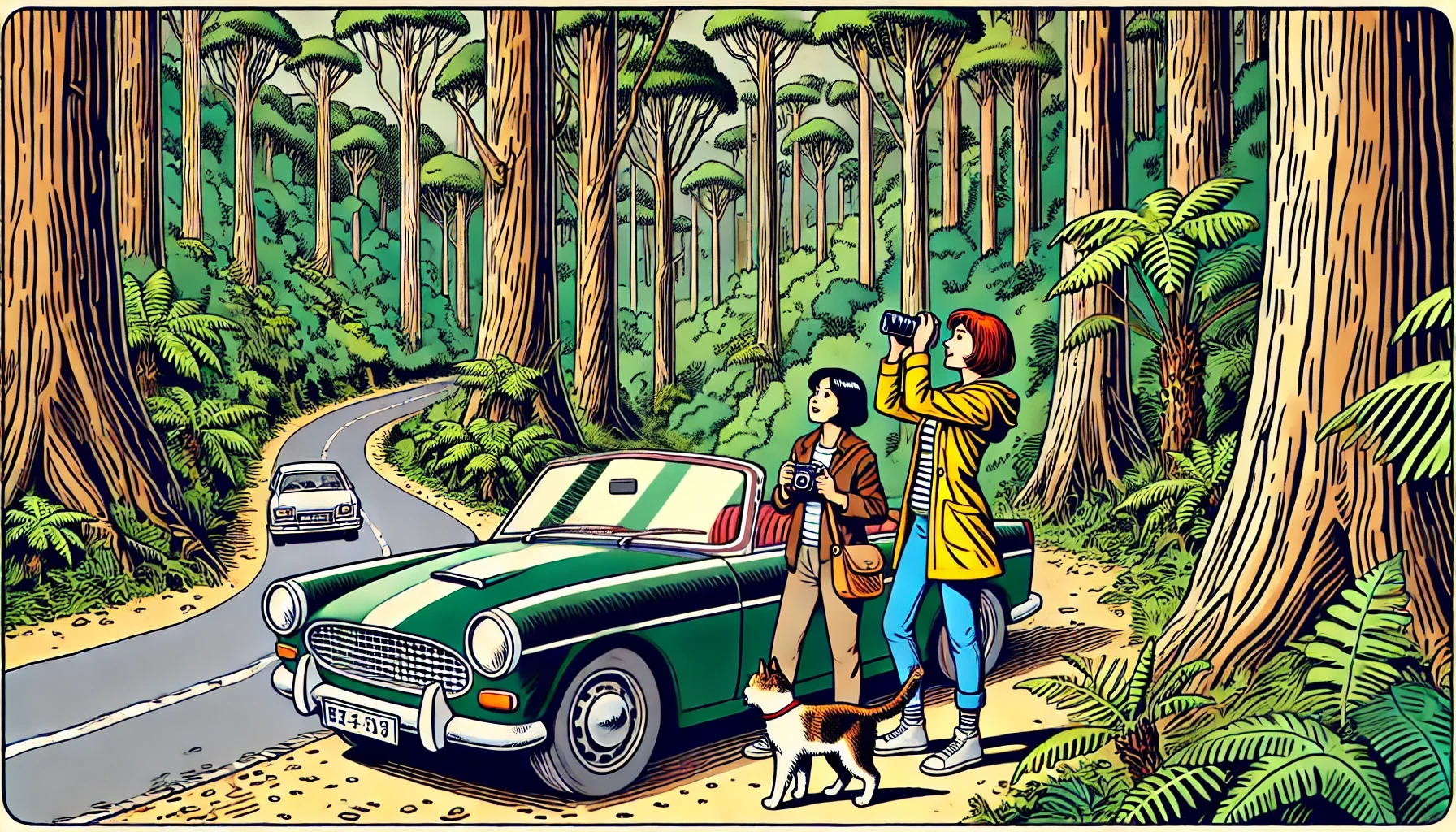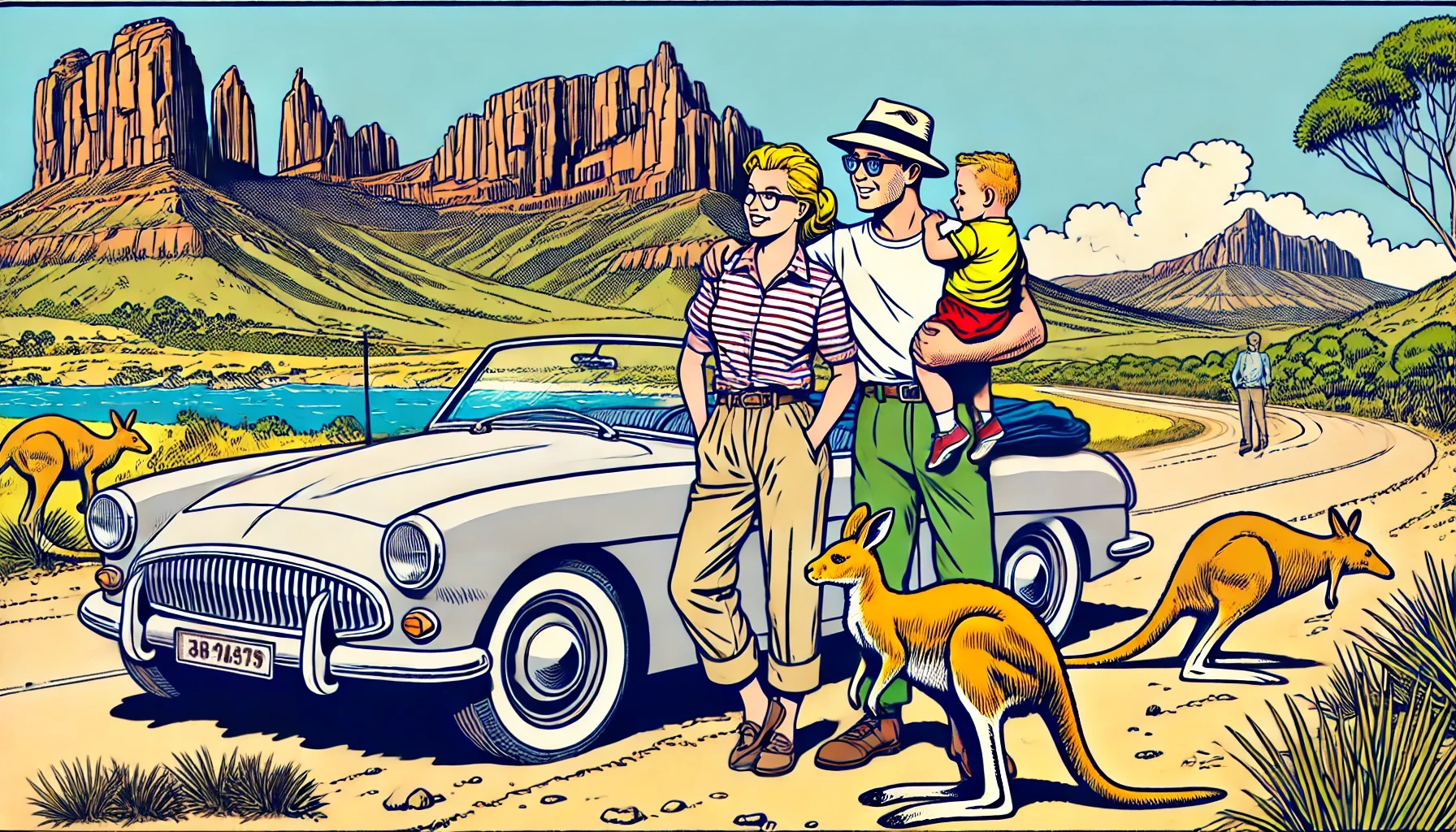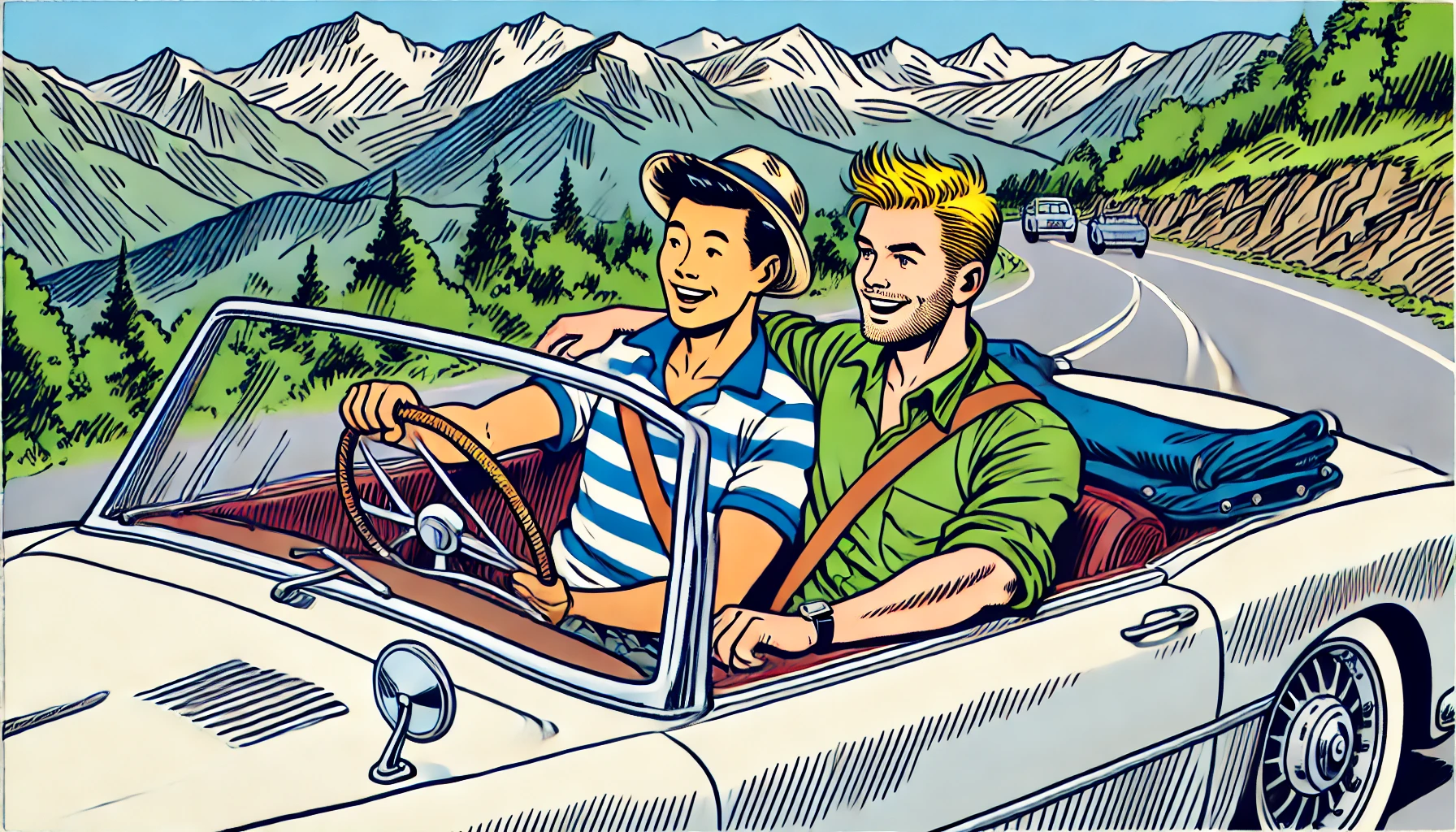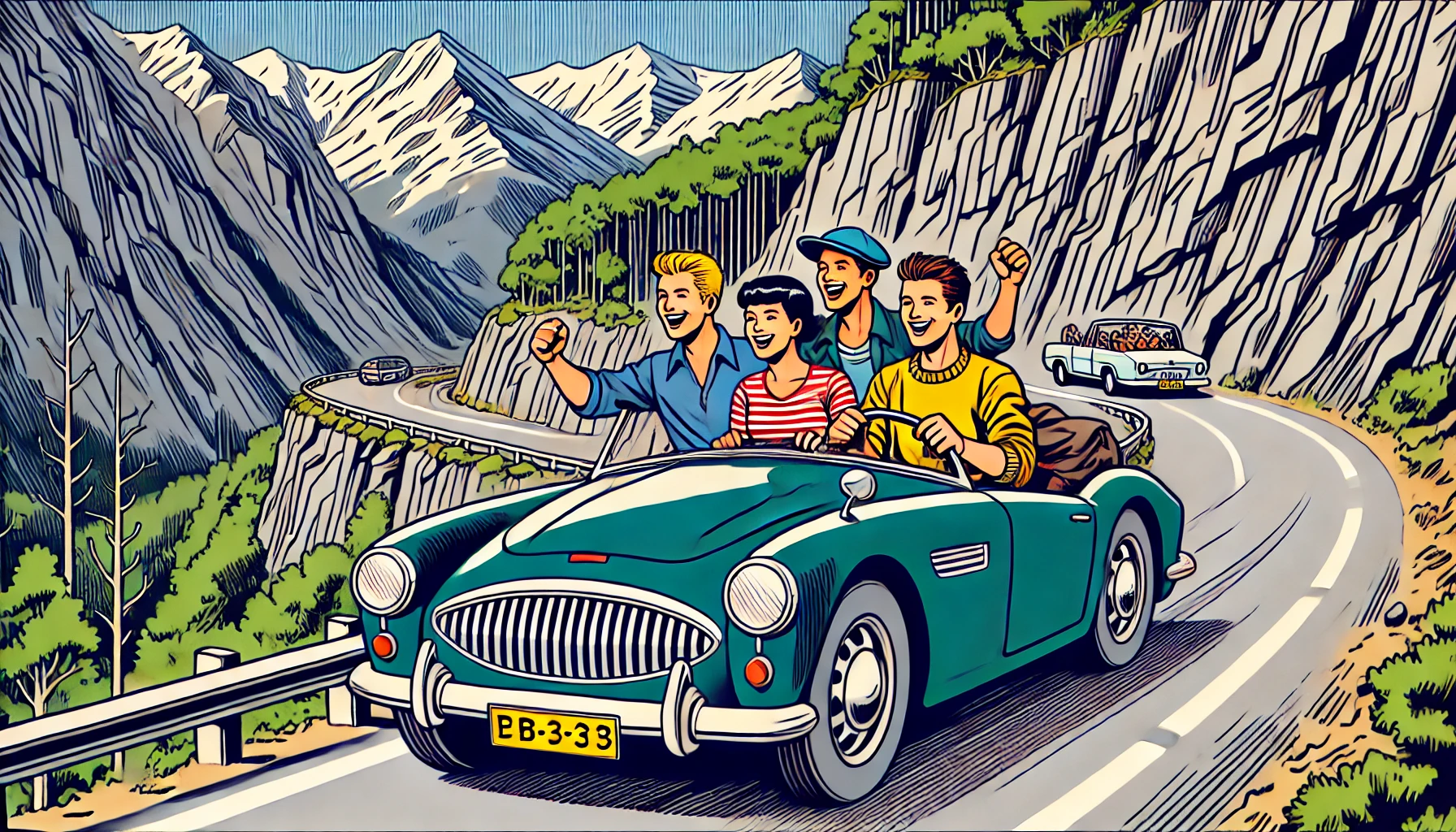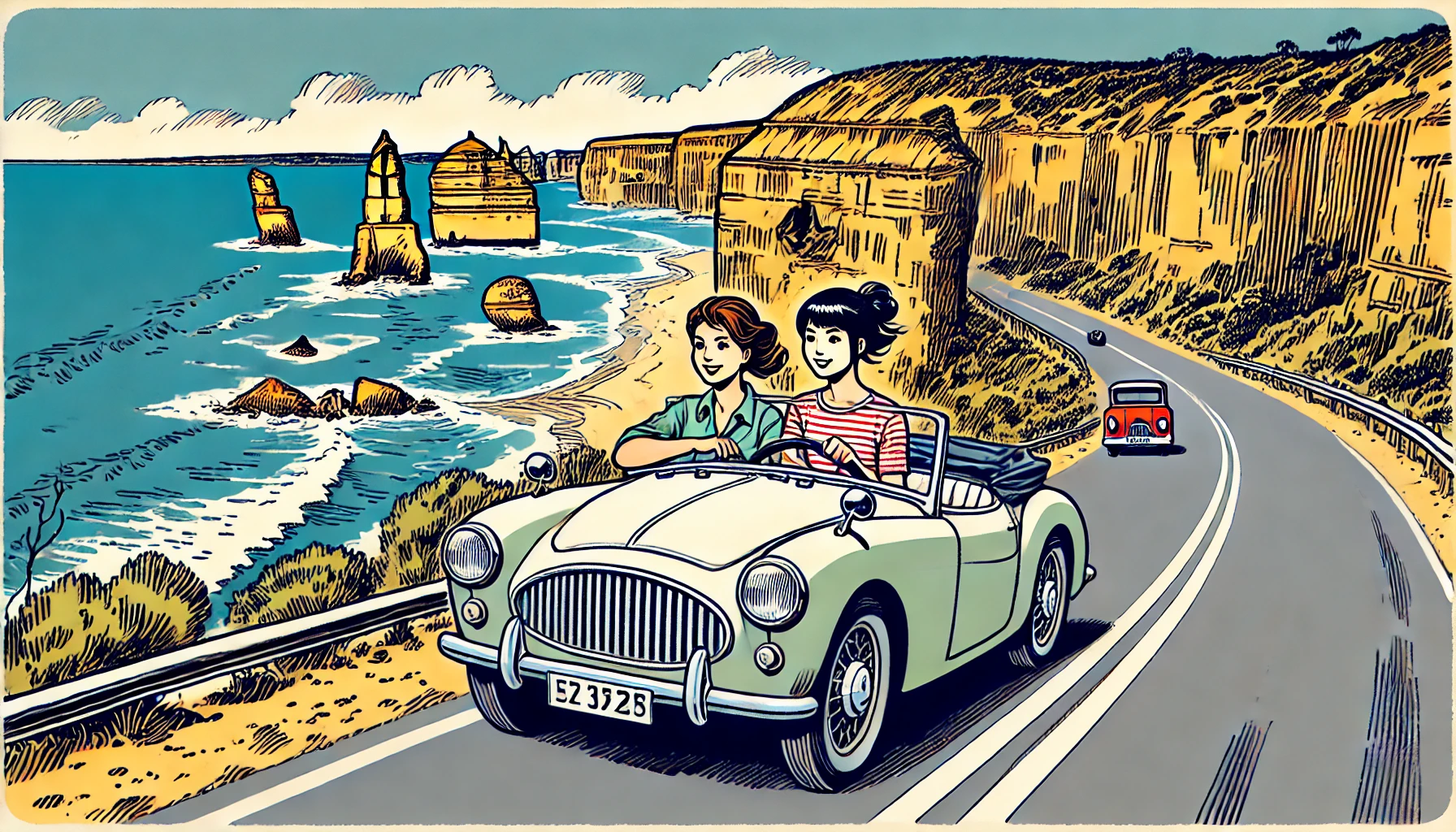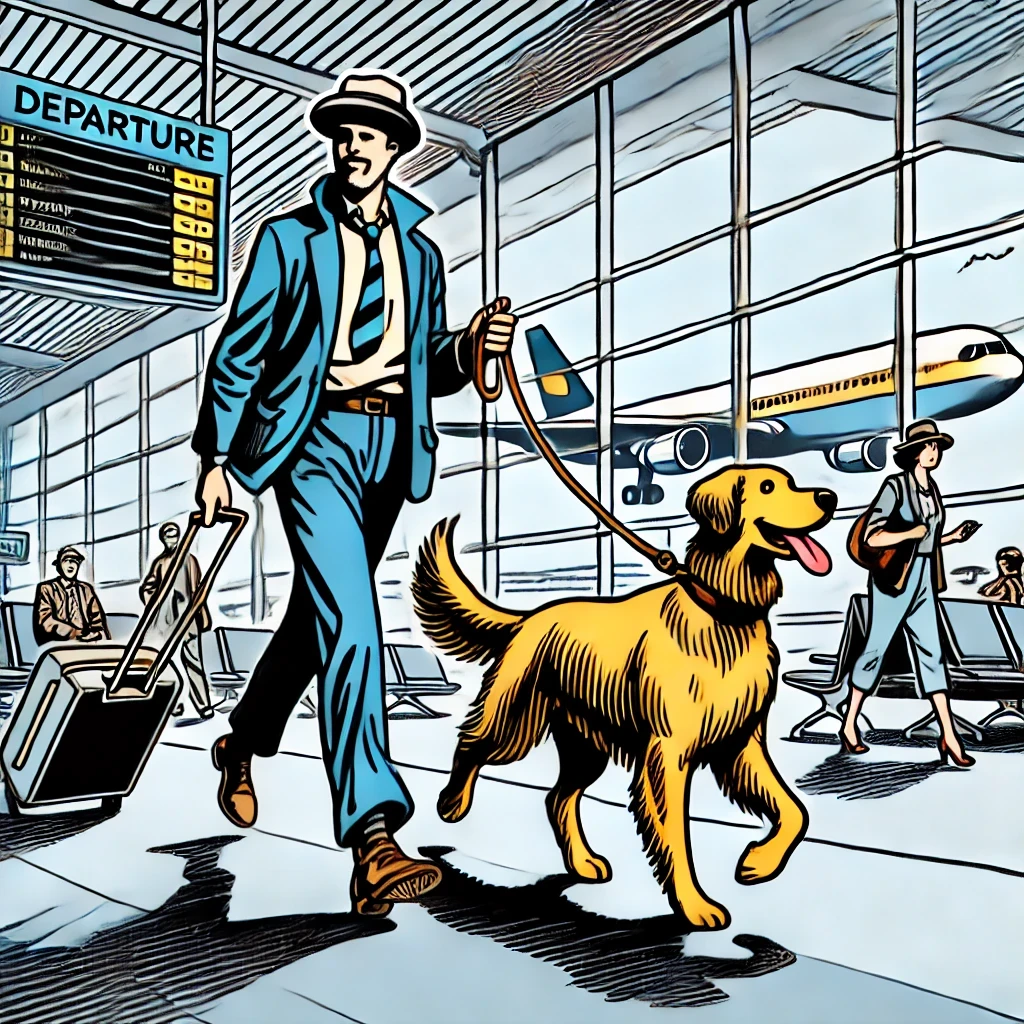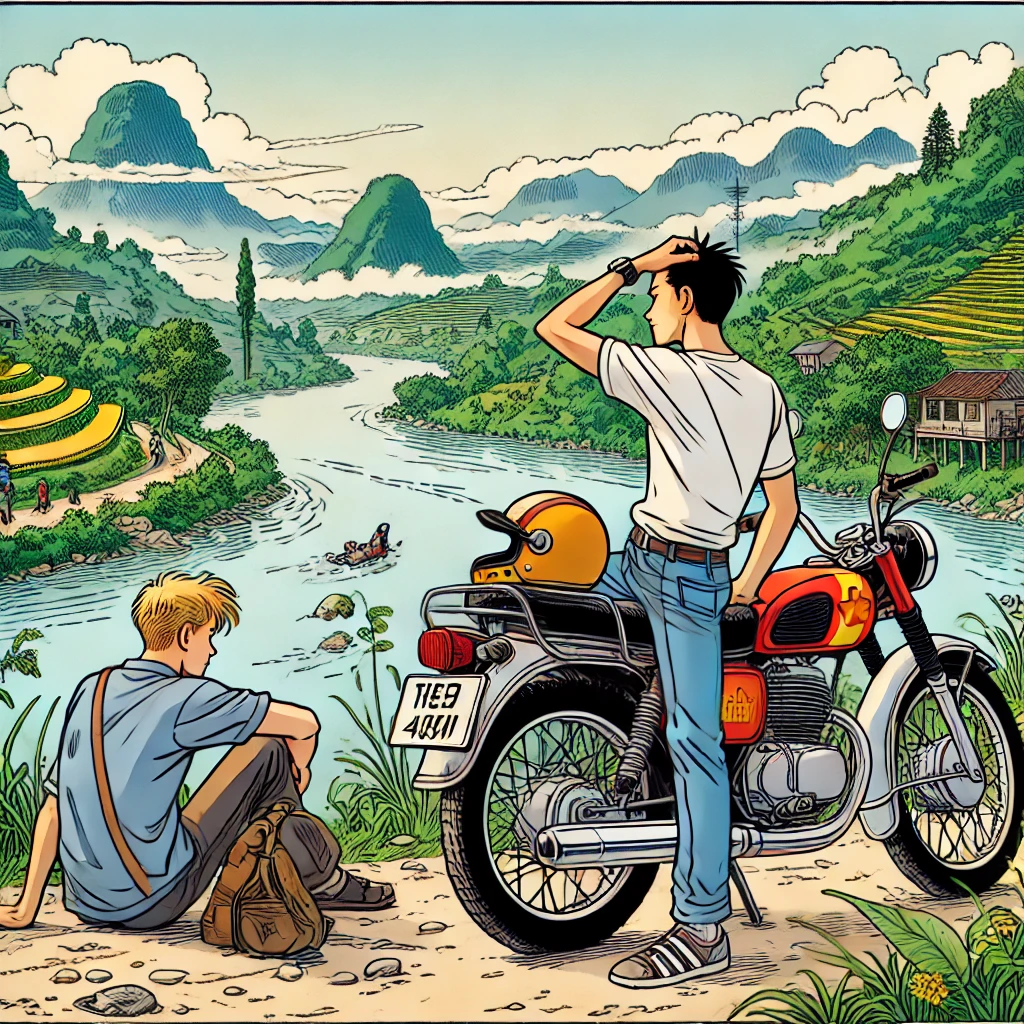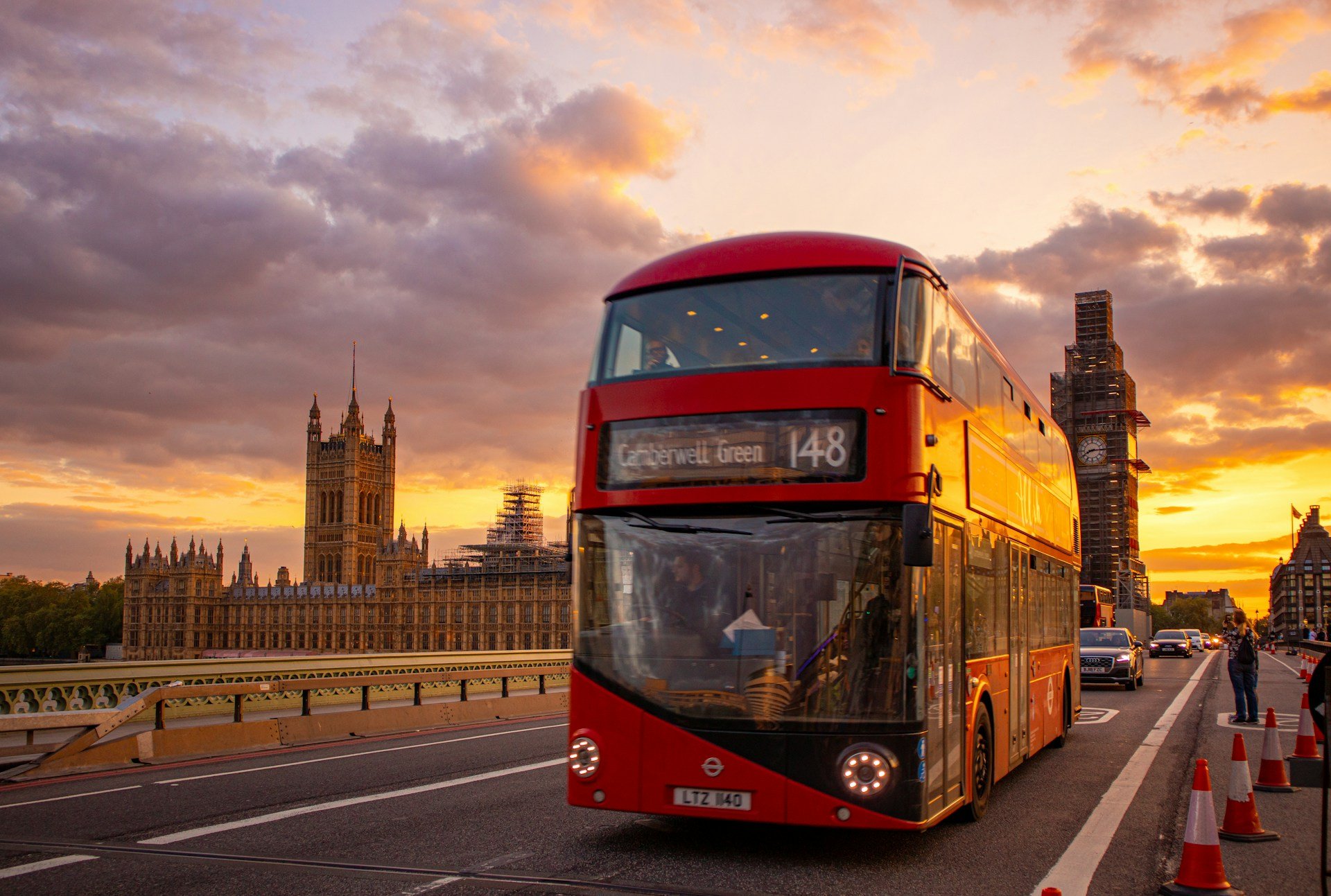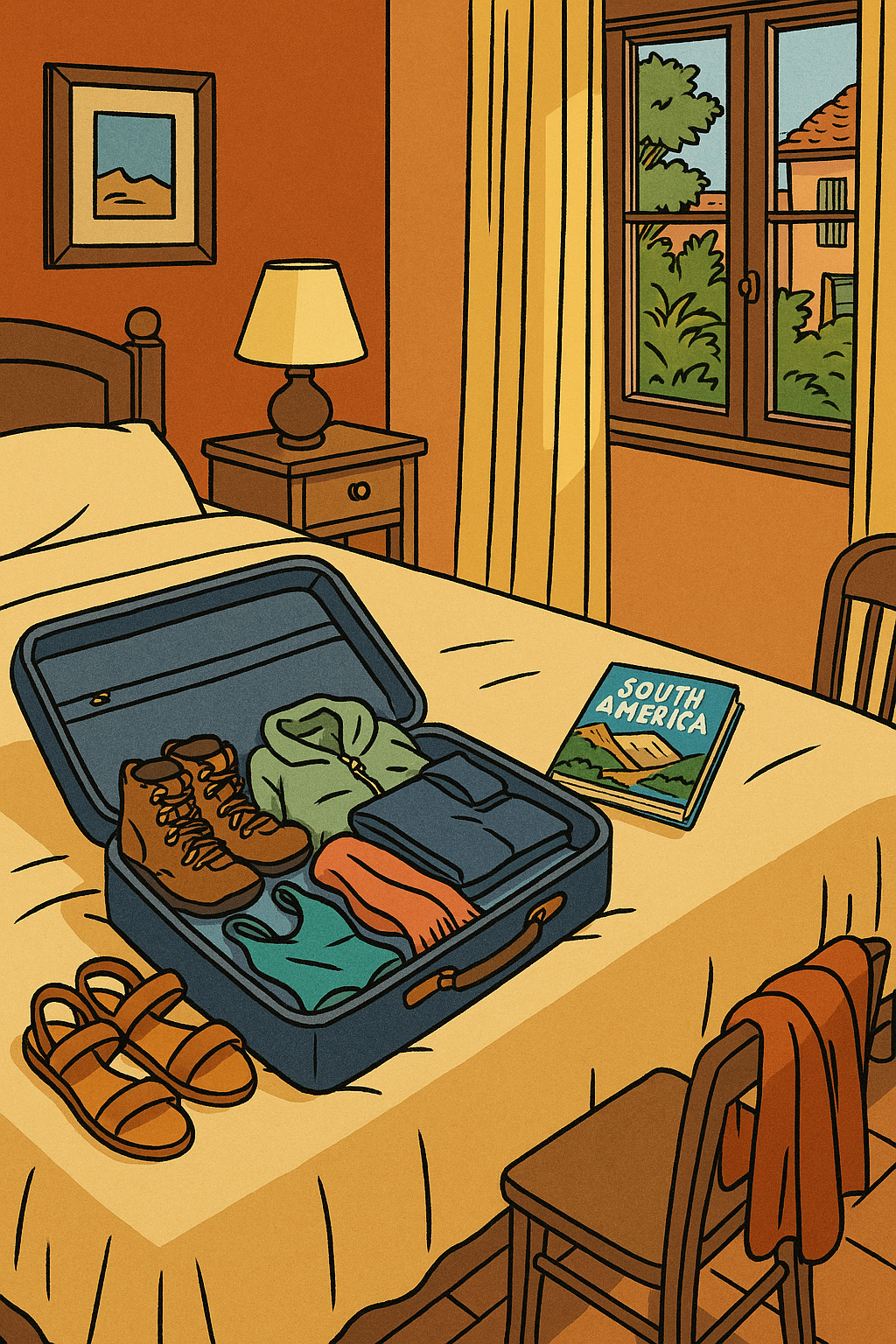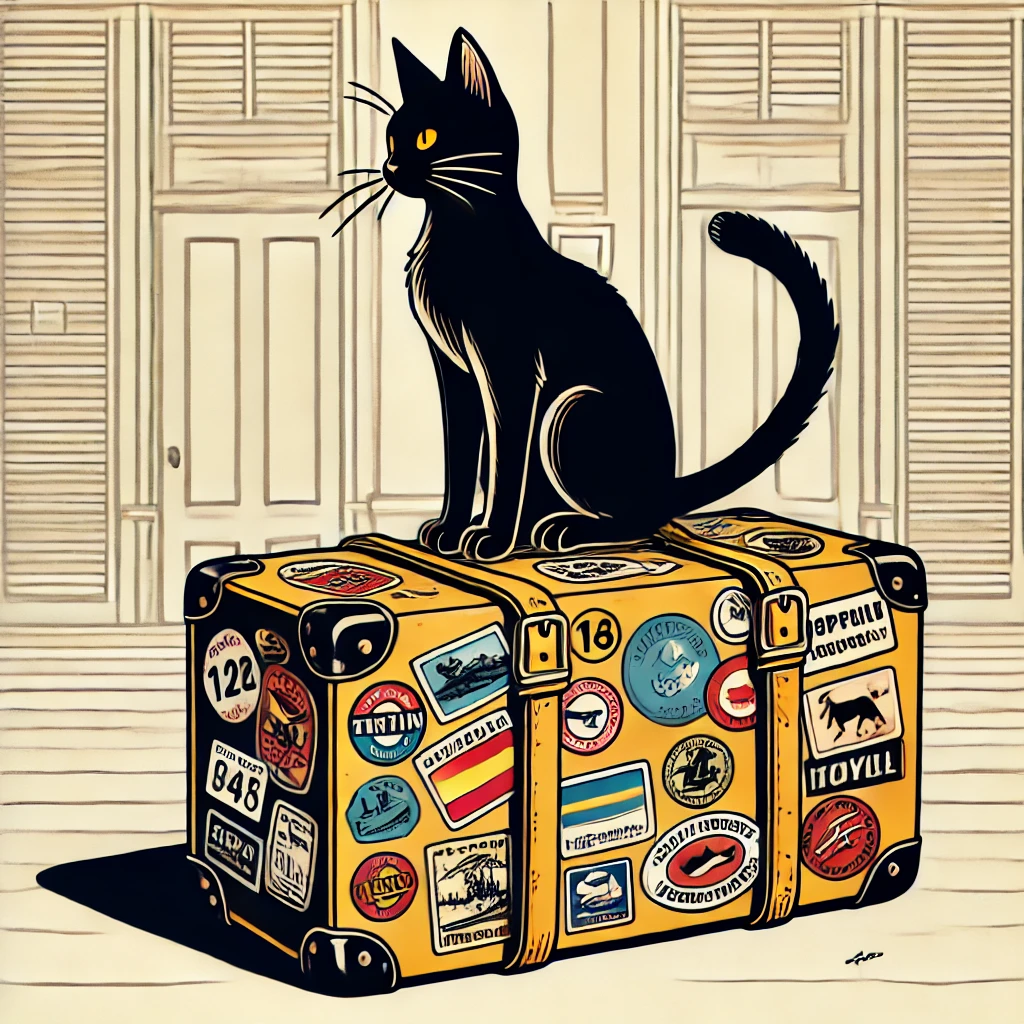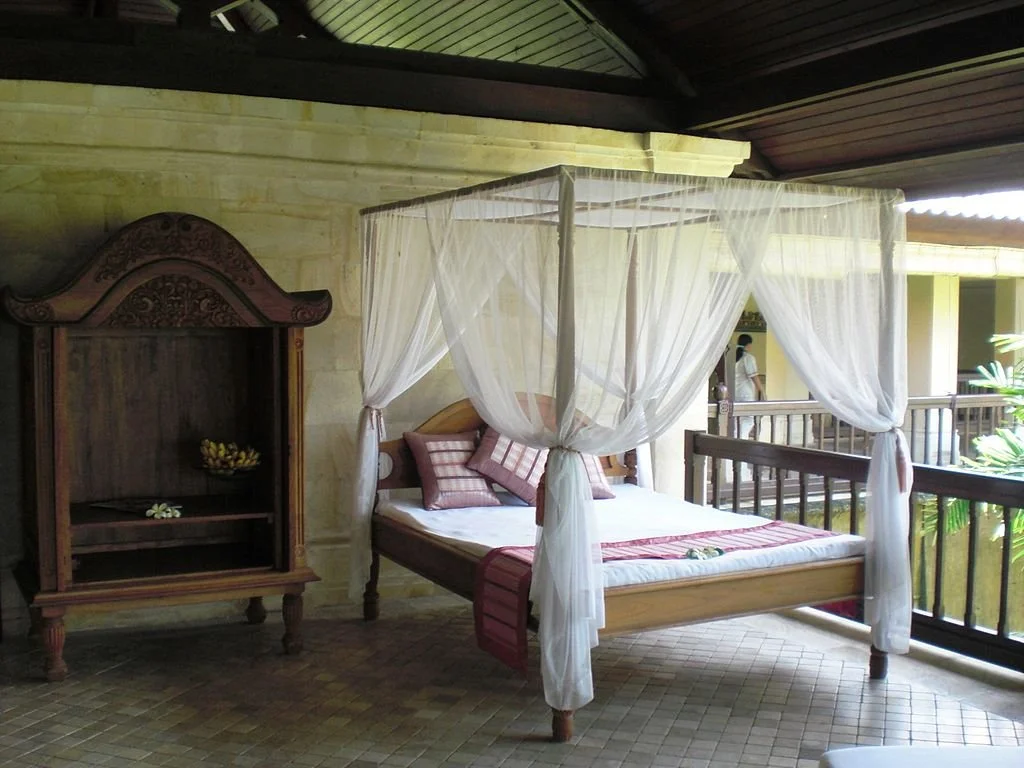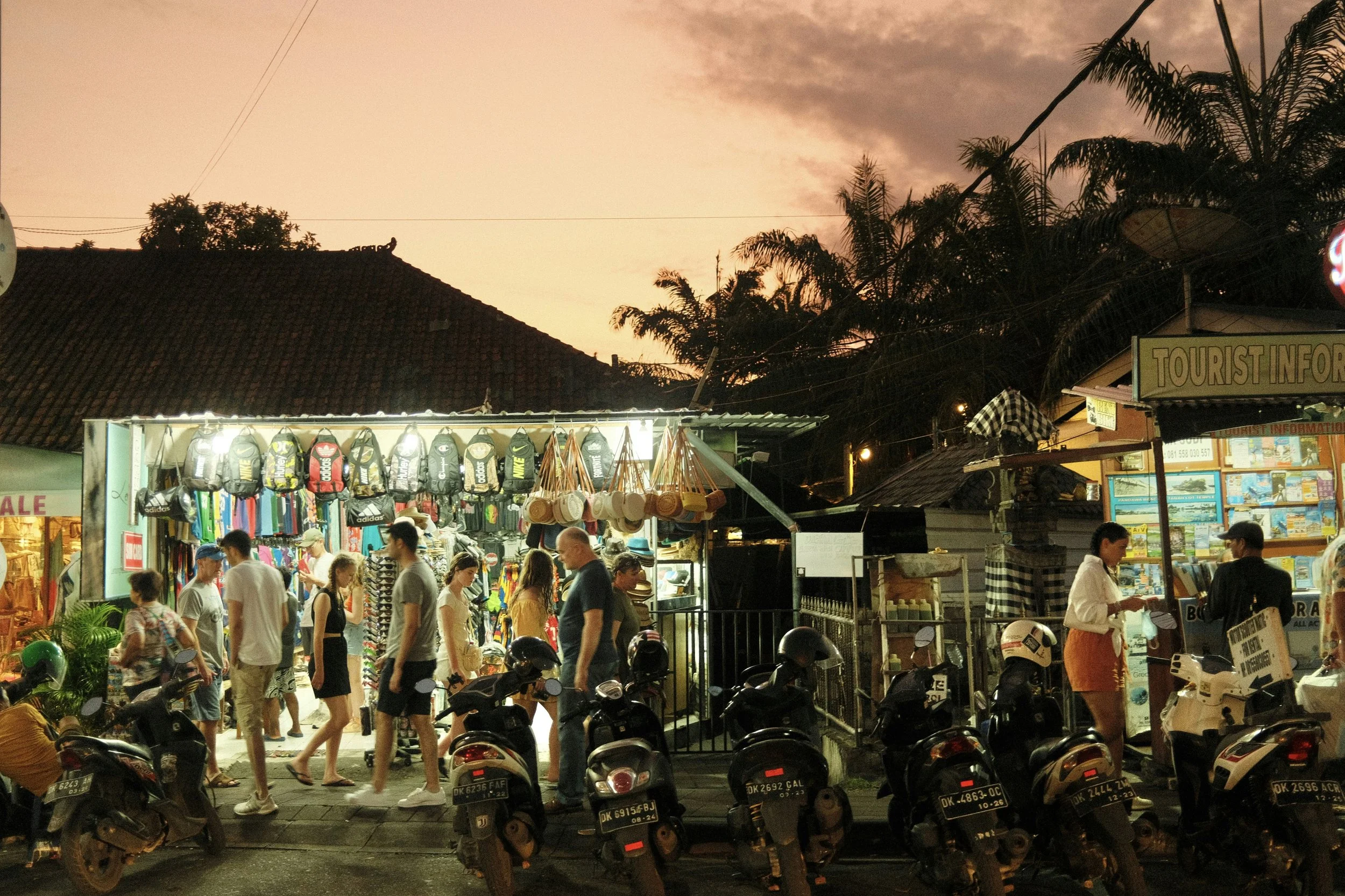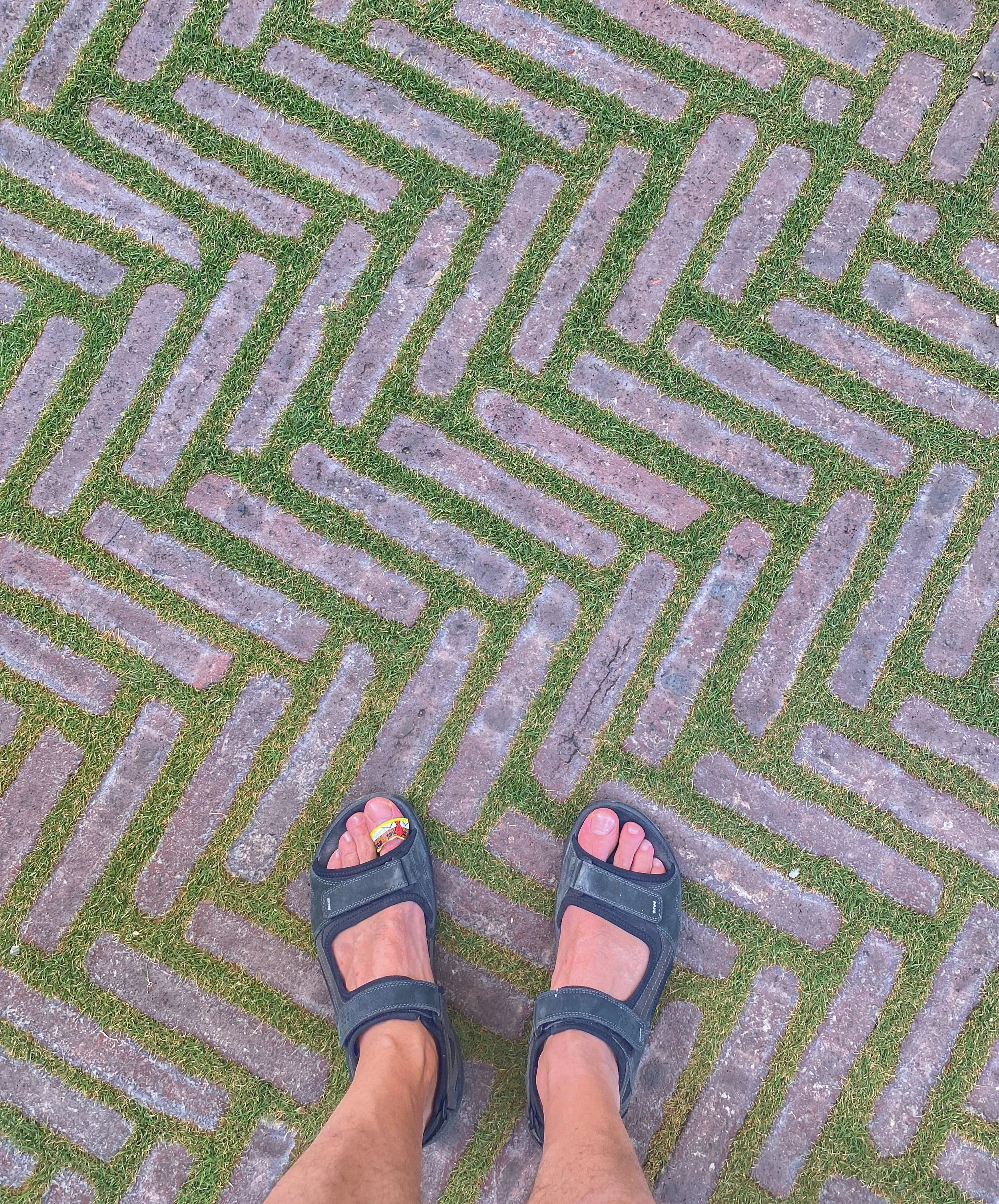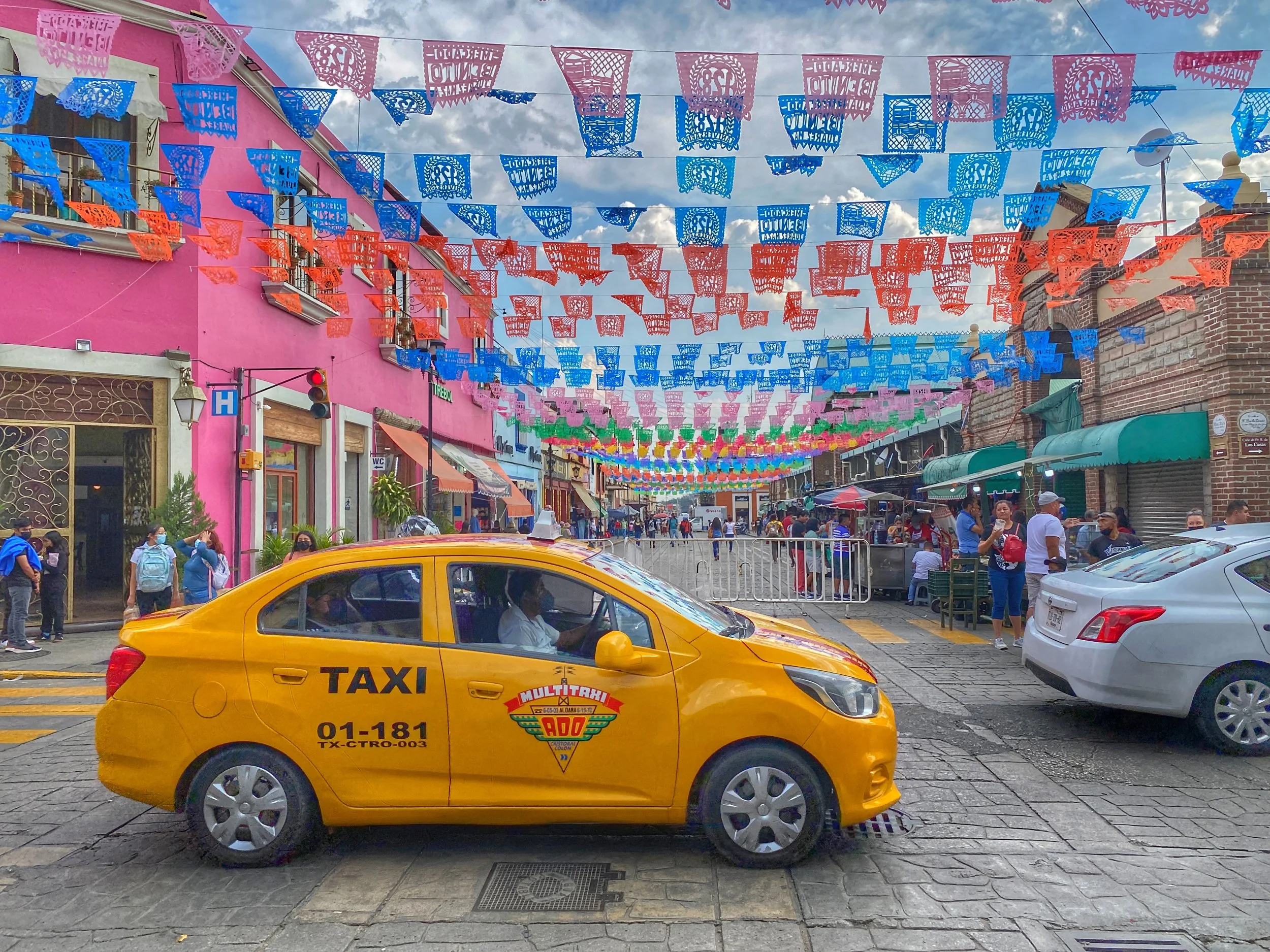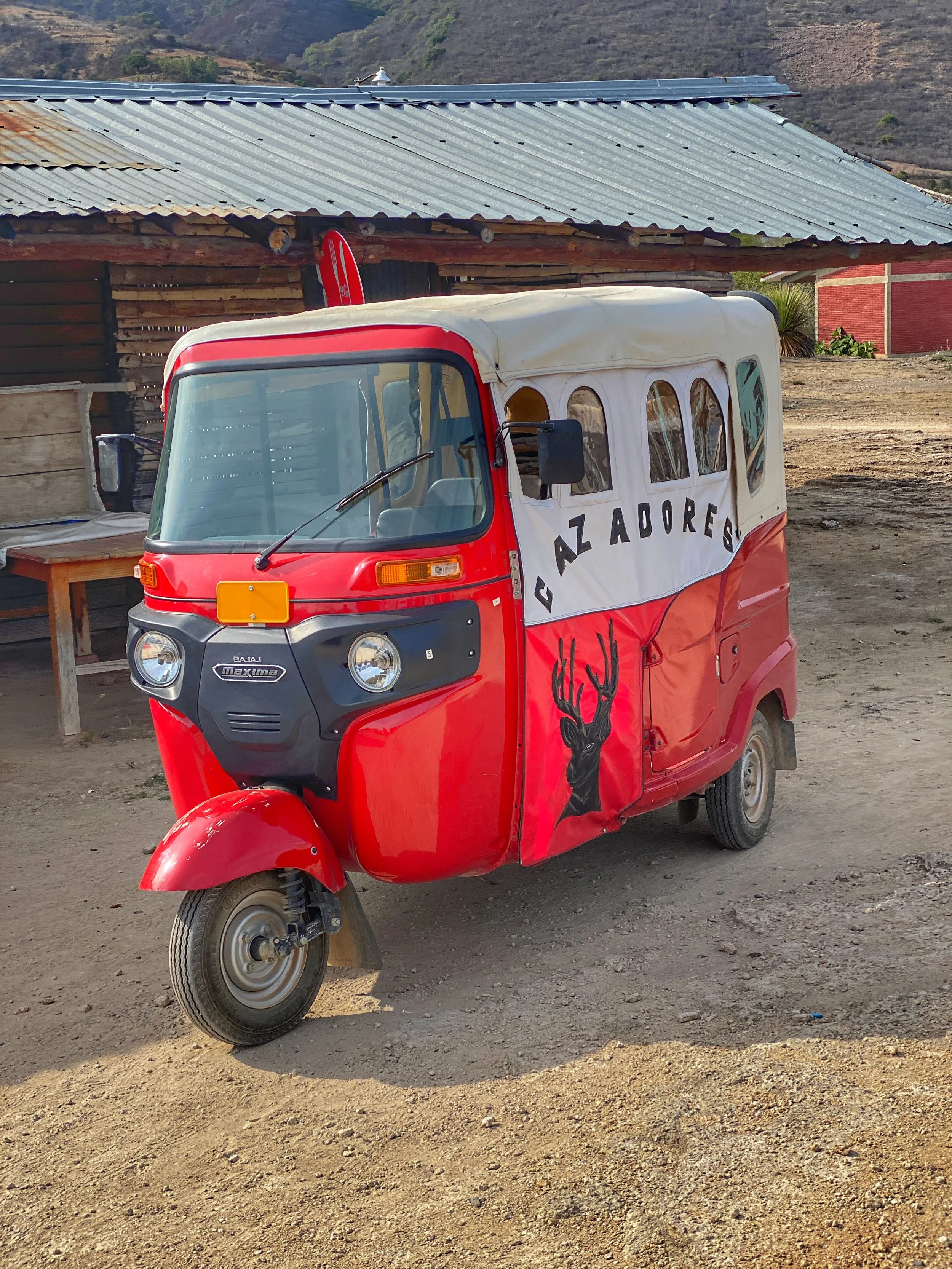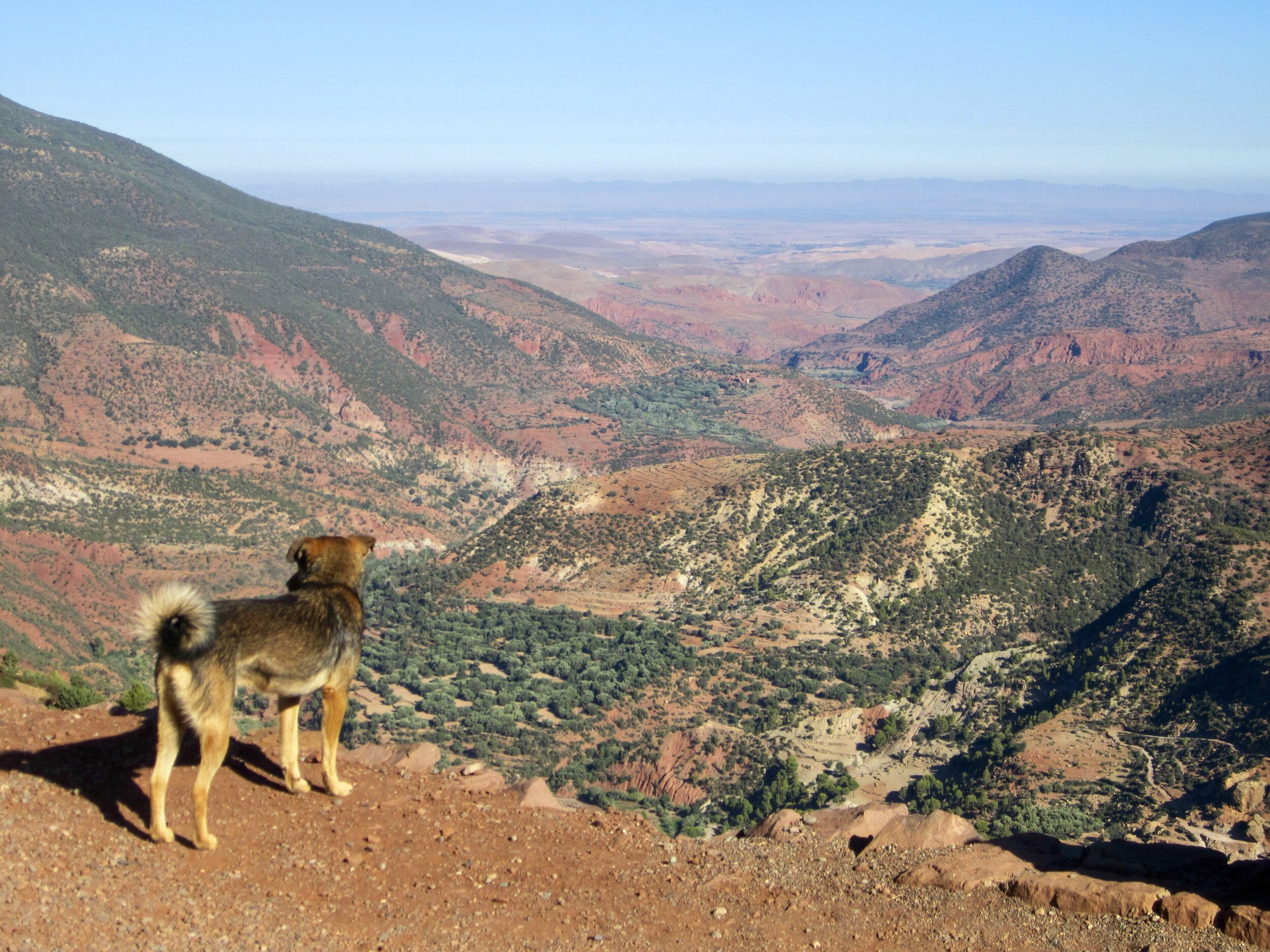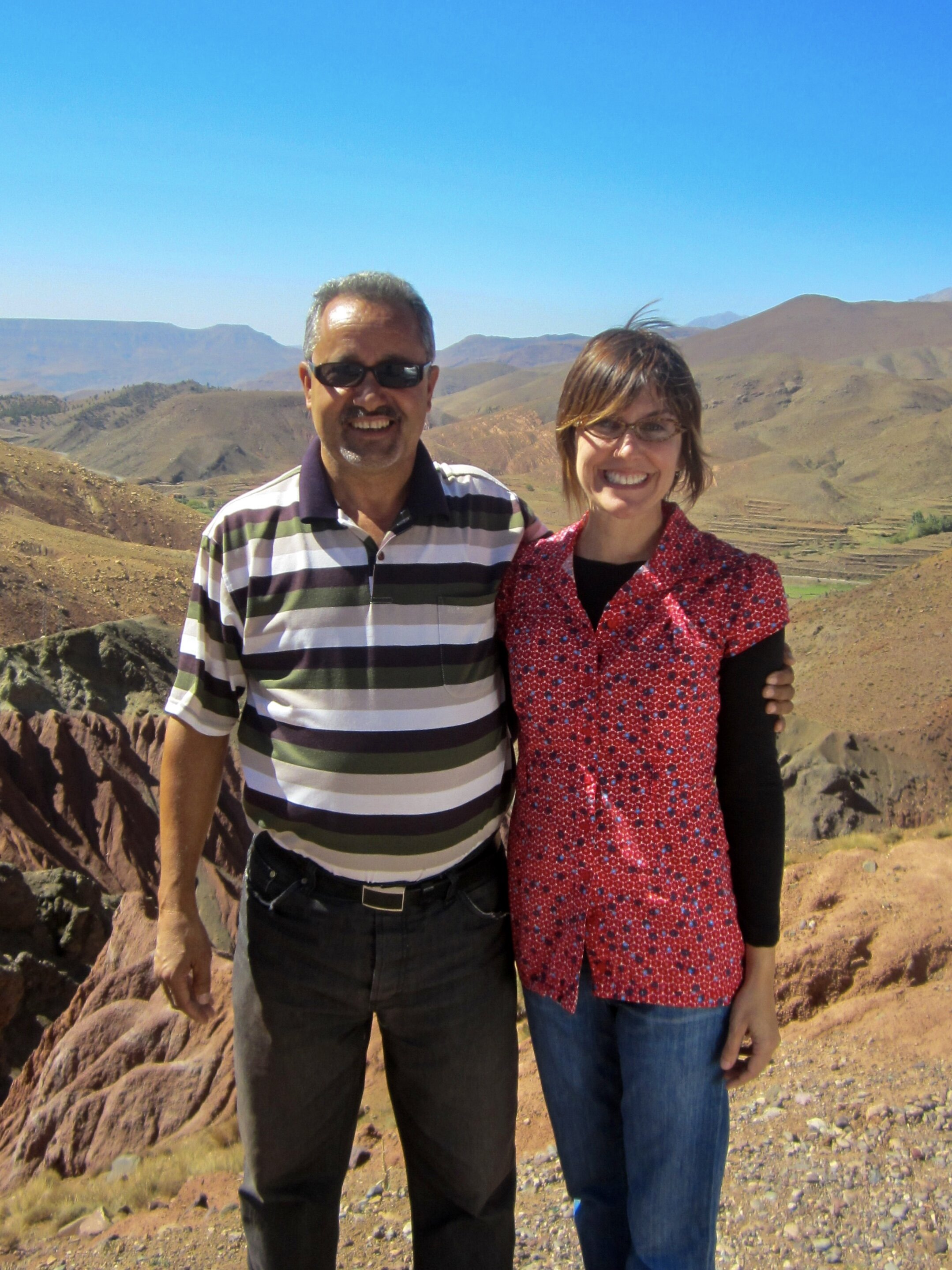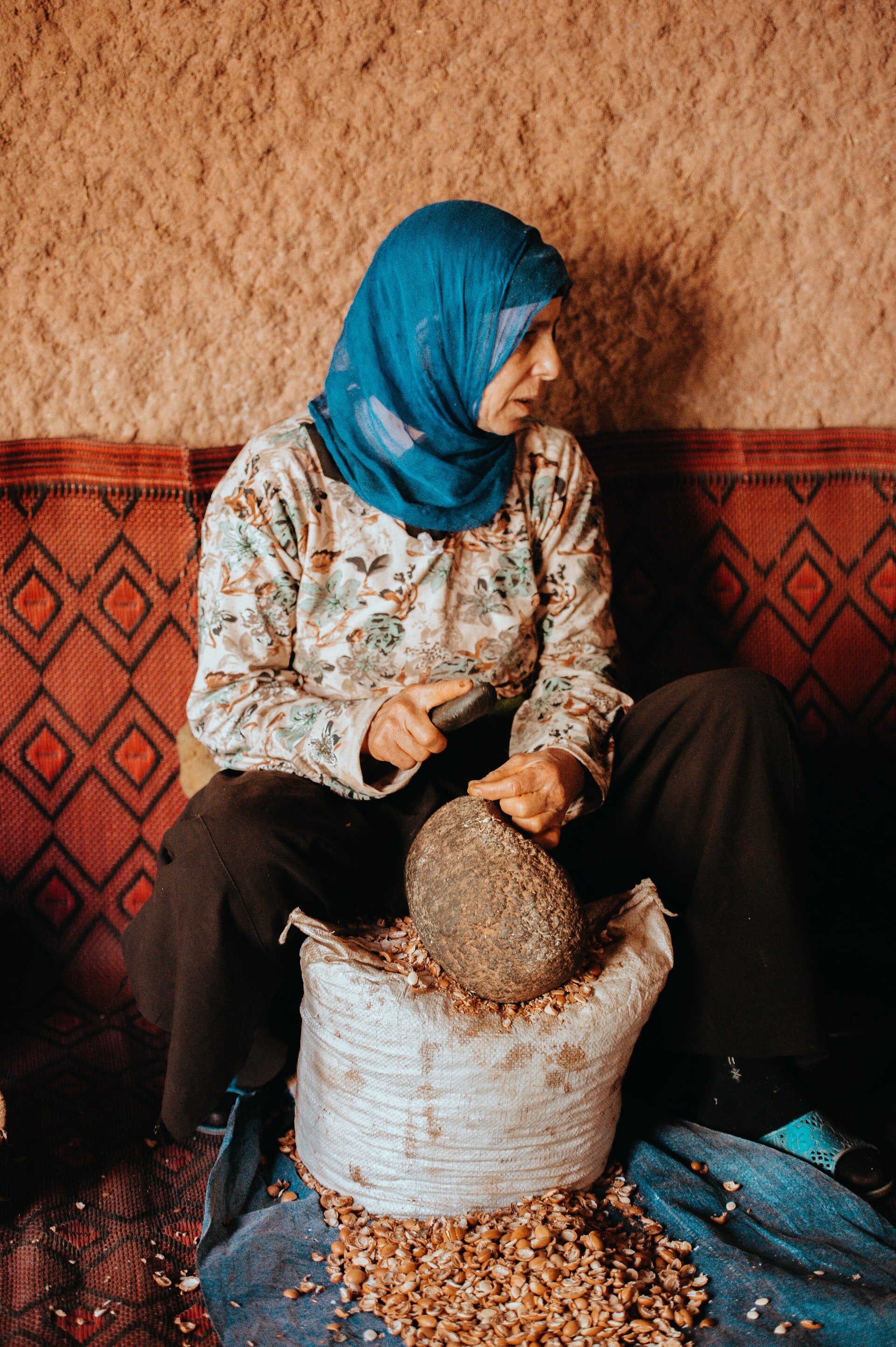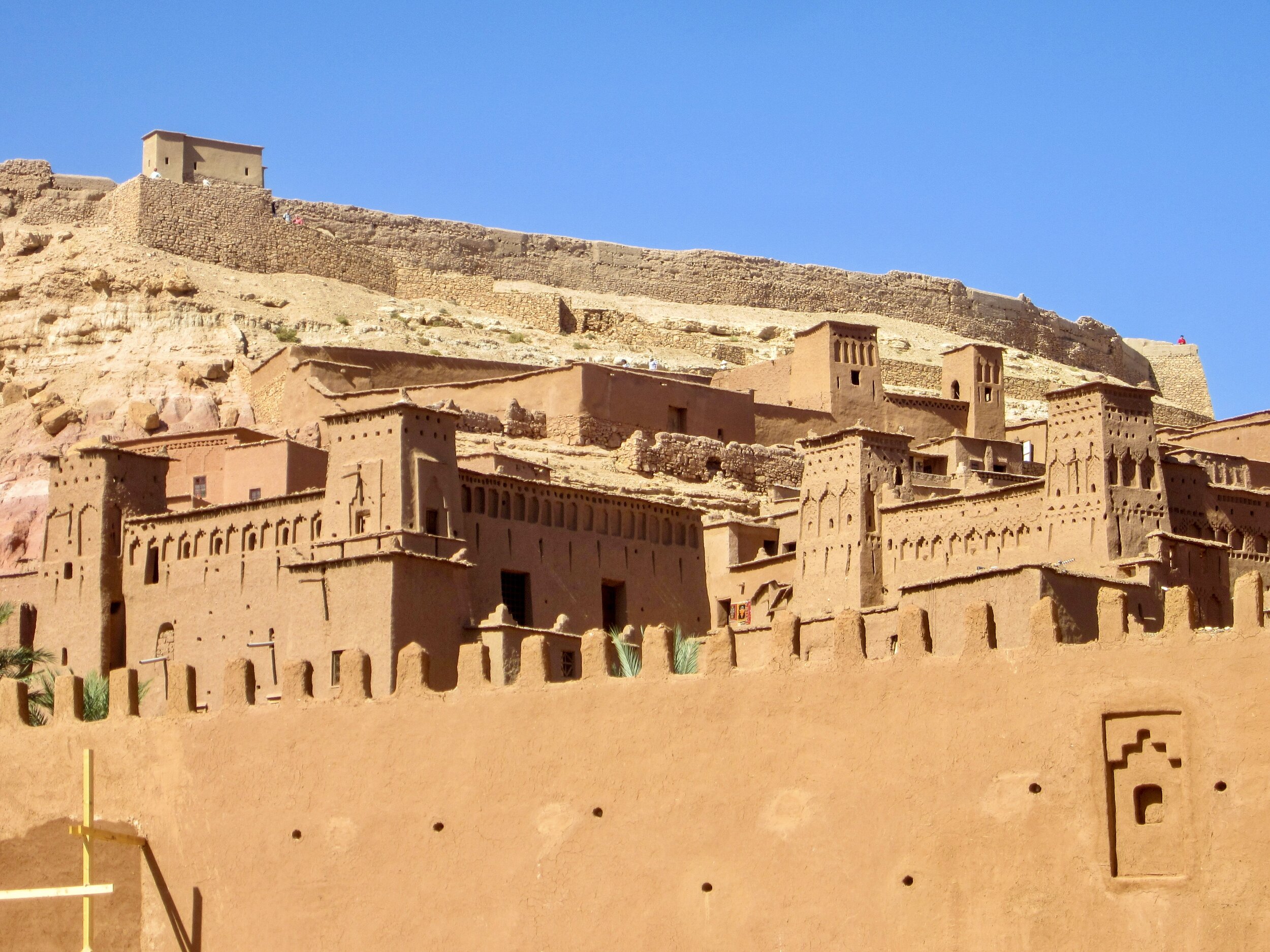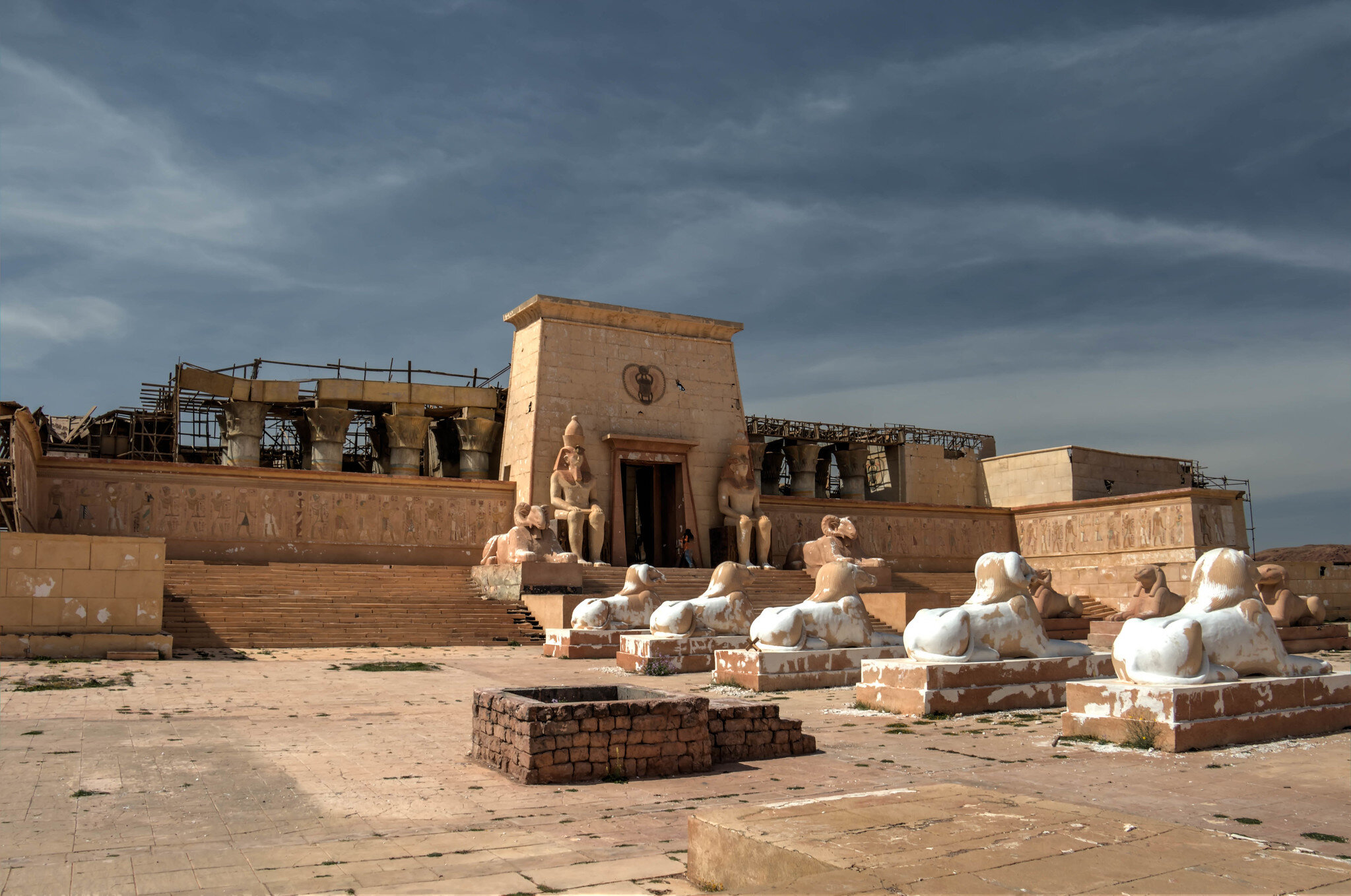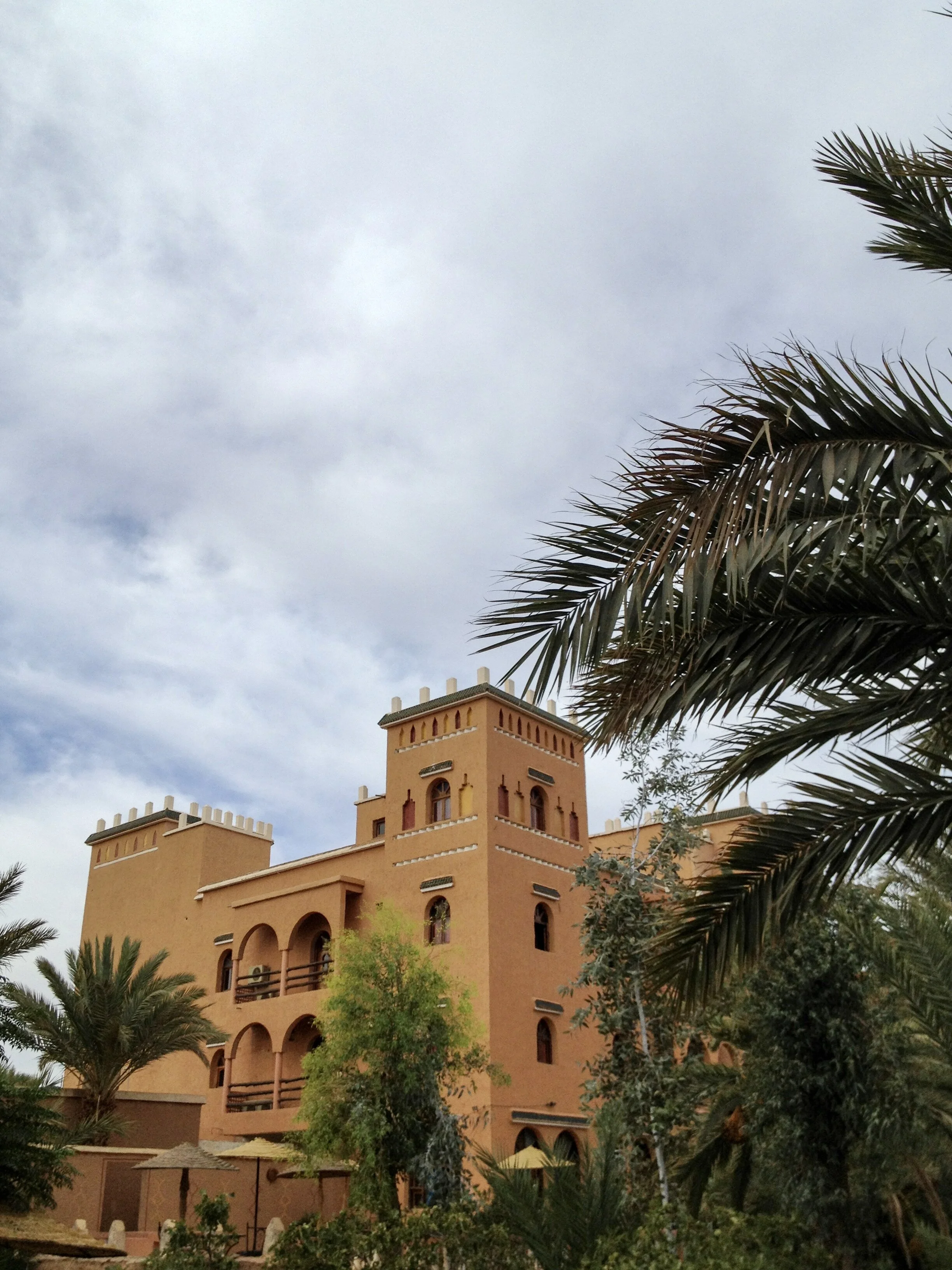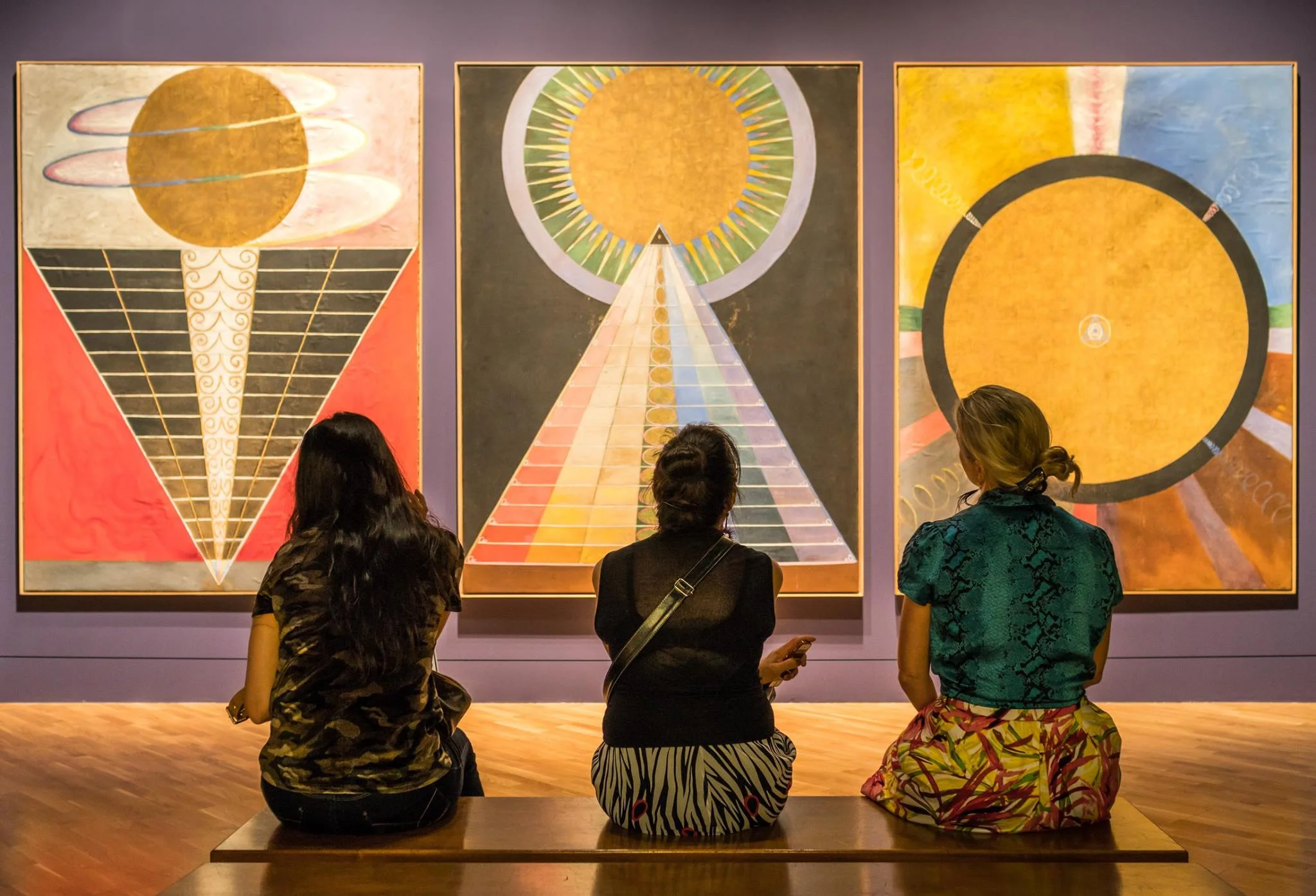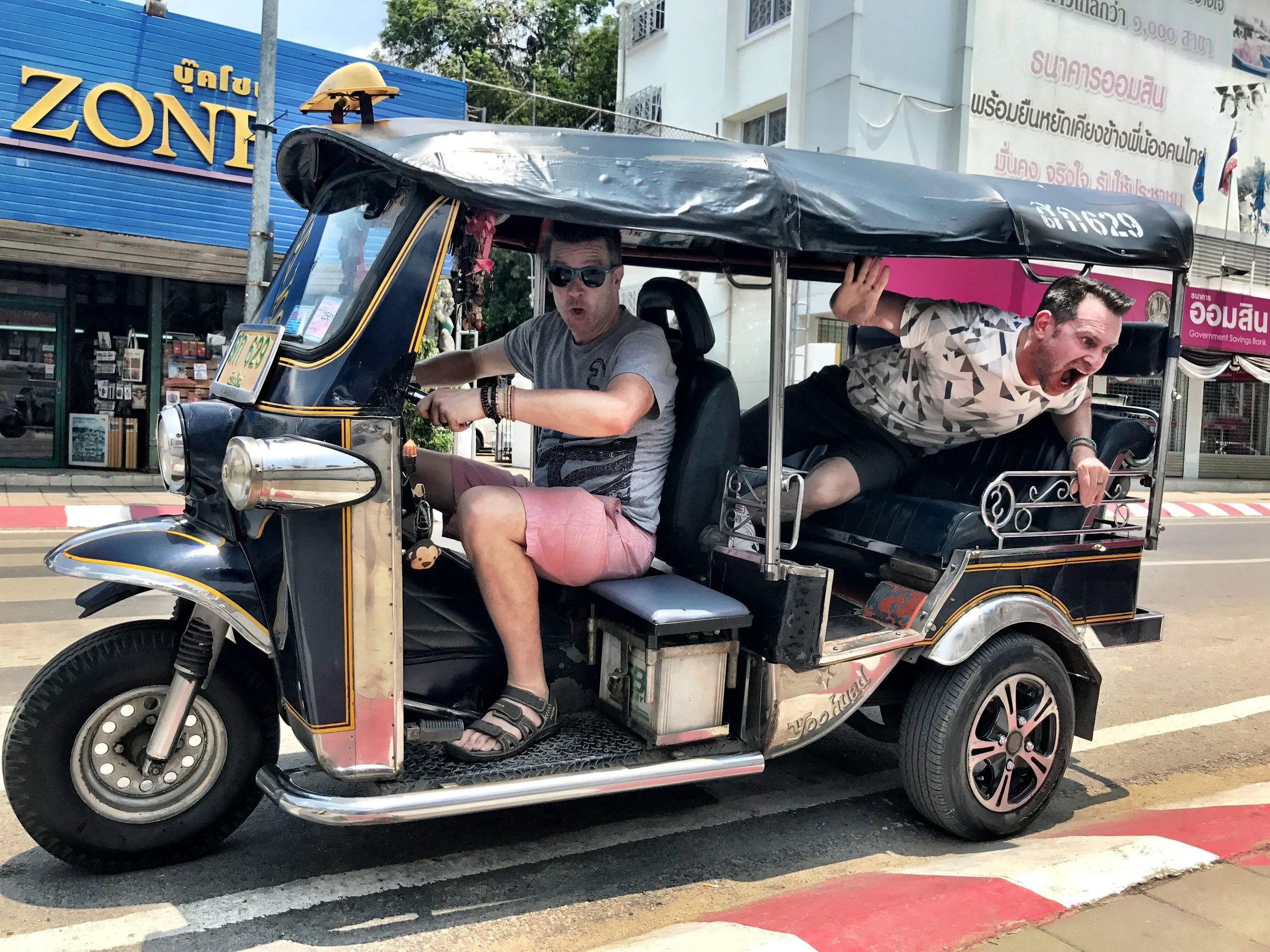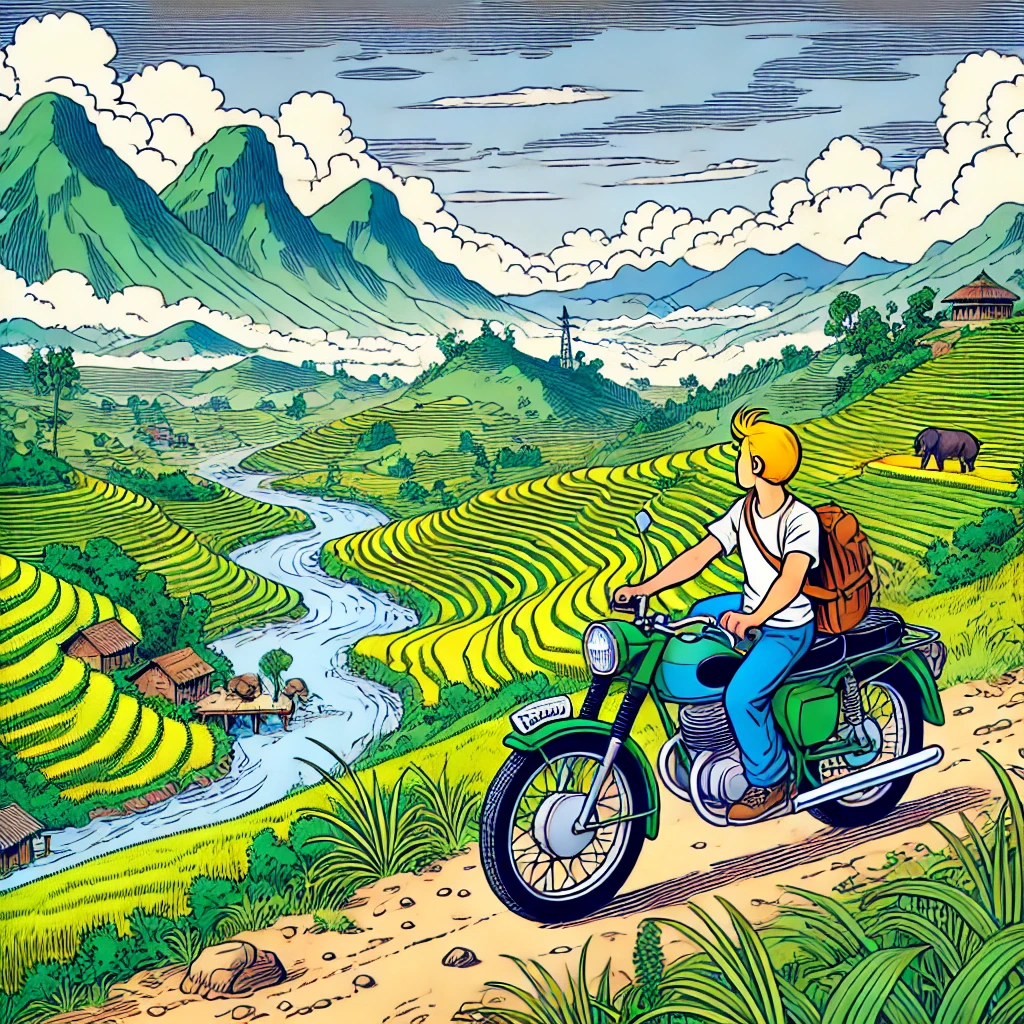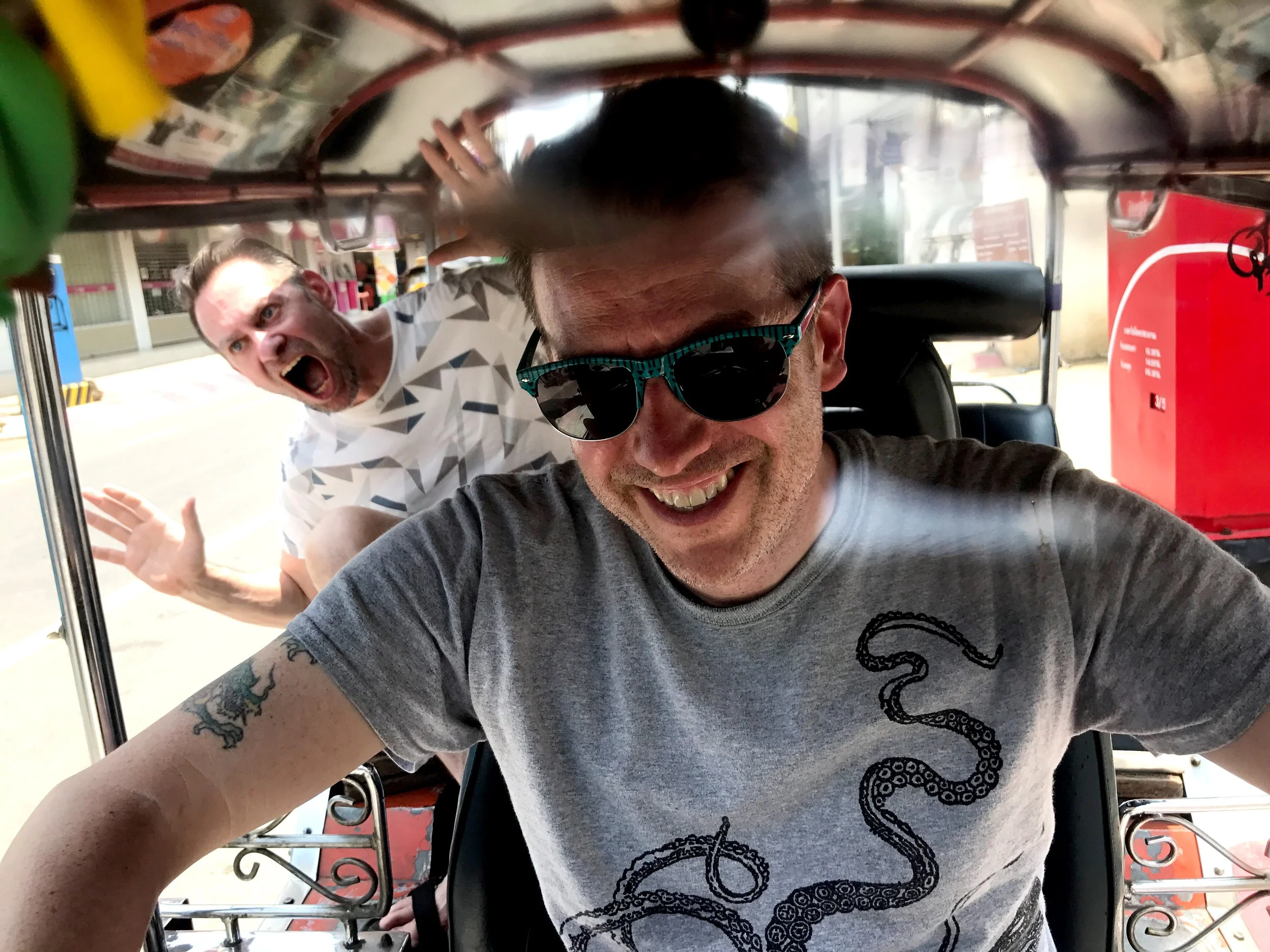Explore Victoria’s best road trips, from the Great Ocean Road to the Great Alpine Road, Black Spur Drive and more — scenic routes where the journey is the destination.
Nothing beats the feeling of the open road wind in your hair, the hum of the engine, and the endless road unfolding ahead. Whether you’re cruising along scenic coastal roads, winding your way through dense rainforests, or navigating through snow-capped alpine peaks, the drive is the adventure.
So buckle up, road trippers. I’ve curated a list of some of the most breathtaking drives across Victoria. From the beauty of the Great River Road, with its iconic rivers and valleys, to the serene, snow-covered roads winding through the High Country, these routes promise memories that last long after the journey ends.
The Great River Road
Set between two of Australia’s most stunning natural landmarks, the Murray River and the Snowy Mountains, the Great River Road is a 96-mile (155-kilometer) stretch of breathtaking high-country scenery in Victoria’s North East.
Travelling from the east, the adventure begins in Khancoban, a quaint town nestled at the foot of the majestic Kosciuszko National Park. As you follow the Great River Road in this direction, you’ll be surrounded by rolling valleys and dense bushland, with the mighty Murray River snaking its way through.
Following the road east, you’ll be treated to sweeping views of the expansive Lake Hume, with the towering Snowy Mountains looming in the distance.
The landscape gradually transitions from the serene lake views to the fertile river flats and lush farmland that line the Upper Murray. Your journey ends in the charming town of Bellbridge, nestled near the edge of Lake Hume.
The Great Ocean Road
Originally created as a tribute to World War I soldiers, the Great Ocean Road spans 151 miles (243 kilometers) of stunning landscapes. The route takes you through towering cliffs, coastal towns and dense rainforests, with plenty of surf beaches to discover along the way.
A highlight of this scenic drive is the striking collection of limestone formations rising dramatically from the Southern Ocean. Don’t miss natural treasures like the Twelve Apostles, Loch Ard Gorge, London Bridge and the Grotto.
Although these natural wonders are diminishing over time due to erosion, the sight of these massive rock formations battling the waves remains an awe-inspiring experience.
Farther along in the Great Otway National Park, the winding Lighthouse Road is a prime spot to see koalas in the wild. You’ll know you’re in koala country by the barren eucalyptus trees that line the road.
Arthurs Seat
The drive up to Arthurs Seat provides stunning views of Port Phillip Bay, but the real beauty is found in the turnout areas along the road that offer the best unobstructed views on your way back down to the Mornington Peninsula Freeway. One particularly unmissable stop is Murray’s Lookout, where you can pause to admire the sweeping views of the bay and the towering skyscrapers of Melbourne.
The drive itself is just as engaging, with the winding road and series of tight bends keeping you on your toes. Despite the 60-kilometers-per-hour speed limit, the sharp turns ensure you’ll need to keep a firm grip on the steering wheel as you navigate your way down the mountain.
Spanning about 4.3 miles (7 kilometers) from summit to base, this quick but thrilling drive packs in more views than some drives triple the length. Short and scenic, Arthurs Seat is a must for anyone cruising the Mornington Peninsula.
Black Spur Drive
Often regarded as one of Victoria’s most beautiful road trips, this two-lane road winds its way through towering mountain ash trees and fern-filled gullies with a mix of hairpin turns and brief straight sections, making for a dynamic and scenic experience.
It’s popular with both car and motorbike enthusiasts, although weekends can see a lot of traffic. Starting on the eastern side of Healesville and continuing through to Narbethong, the Black Spur provides a gateway to the charming town of Marysville, which is well worth a visit if you're continuing on your journey.
As you drive, keep an eye out for local wildlife. Lyrebirds, kangaroos and other native creatures call this forest home, adding an extra element of magic to the experience. The Black Spur is a 35-mile (56-kilometer) route from Lilydale to Marysville, with the 19-mile (30-kilometer) section known as the Black Spur itself offering the most memorable part of the journey.
Expect winding roads with some uphill and downhill sections, plus the occasional hairpin turn and damp spots in lower-lying areas. There are several roadside stops where you can take a break and enjoy the views. Keep in mind that mobile phone reception can be intermittent, so it’s a good idea to plan ahead.
Grampians Road
Now, here’s a national park that knows how to impress. With its jaw-dropping sandstone mountains and views so stunning, the Grampians leave you wondering why you ever bothered with Kosciuszko.
If you’re after a more laidback adventure, the Grampians Road drive from Halls Gap to Dunkeld is your perfect escape. It’s the kind of road that invites you to roll the windows down and take in the fresh mountain air.
On one side, towering mountains loom large, their cliffs cutting into the sky. On the other, you’ll glide past the sparkling waters of Lake Bellfield, with its calm surface reflecting the surrounding peaks and vast, craggy plains that stretch out like an untamed canvas.
Every moment of this drive feels like a postcard come to life. If you’re lucky, you might even spot a kangaroo hopping along the roadside or a wedge-tailed eagle soaring overhead.
Great Alpine Road
You’ve met the Great Ocean Road — now meet its cooler, more reserved sibling. Stretching approximately 186 miles (300 kilometers) from Wangaratta in the west to Bairnsdale in the east, the Great Alpine scenic route weaves through dense, forested mountains and breathtaking snow-capped peaks in winter.
The road takes you through bustling ski towns like Bright and Omeo, where you can stop, relax and take in the alpine atmosphere.
If you’re in the mood for a detour, a short drive will lead you to historic Beechworth, a town steeped in gold rush and outlaw history.
In winter, the Great Alpine Road transforms into a gateway to ski resorts such as Mount Hotham and Falls Creek — an unforgettable adventure for snow lovers.
Get Out on the Highway to Experience Victoria, Australia
So there you have it — some of the most epic road trip routes that Victoria has to offer, each one a unique slice of adventure. From the iconic Great Ocean Road with its surfing towns and limestone formations to the chilled-out charm of the Grampians, these roads aren’t just about the journey; they are the journey.
So, pack up the car, put your phone on “do not disturb,” and hit the road. Incredible Australian landscapes, quirky roadside stops, and the joy of the open road on Victoria’s best drives are all waiting for you. –Charlie Btallent

